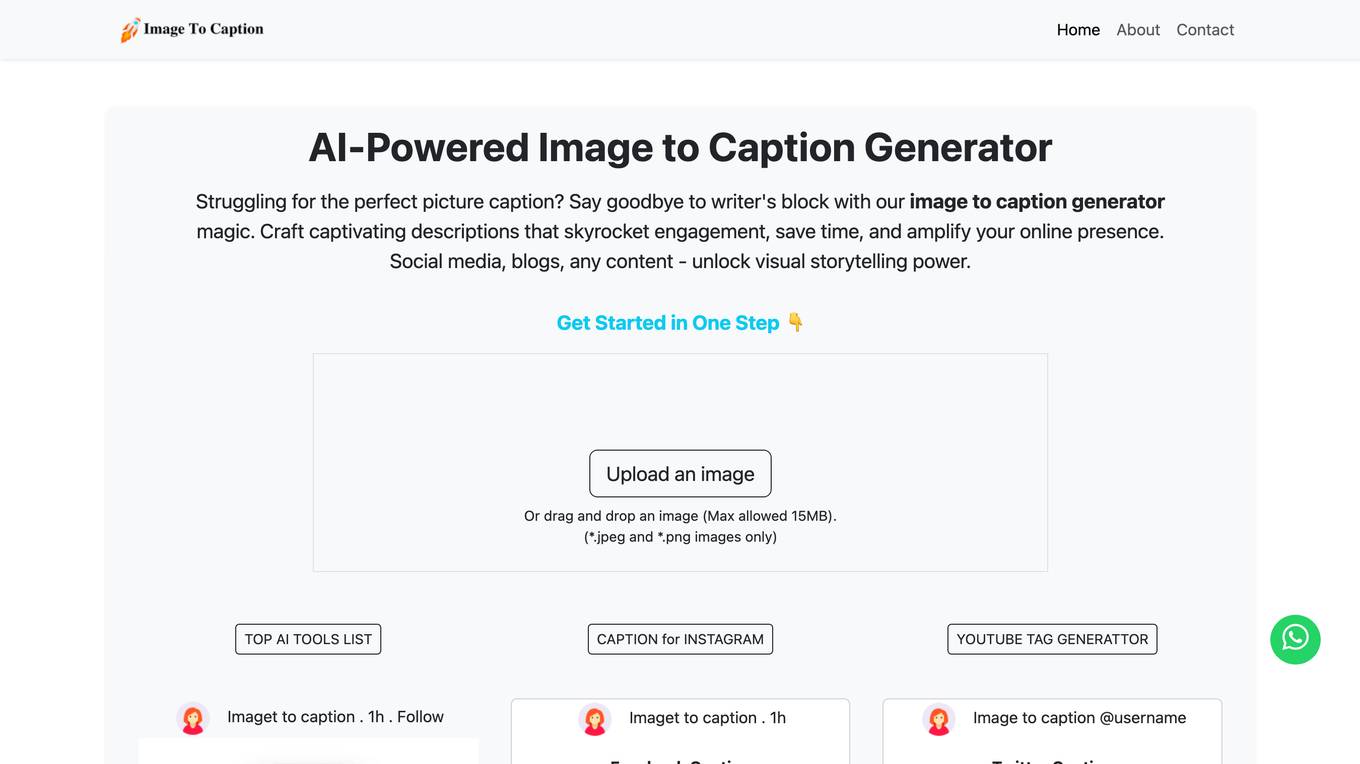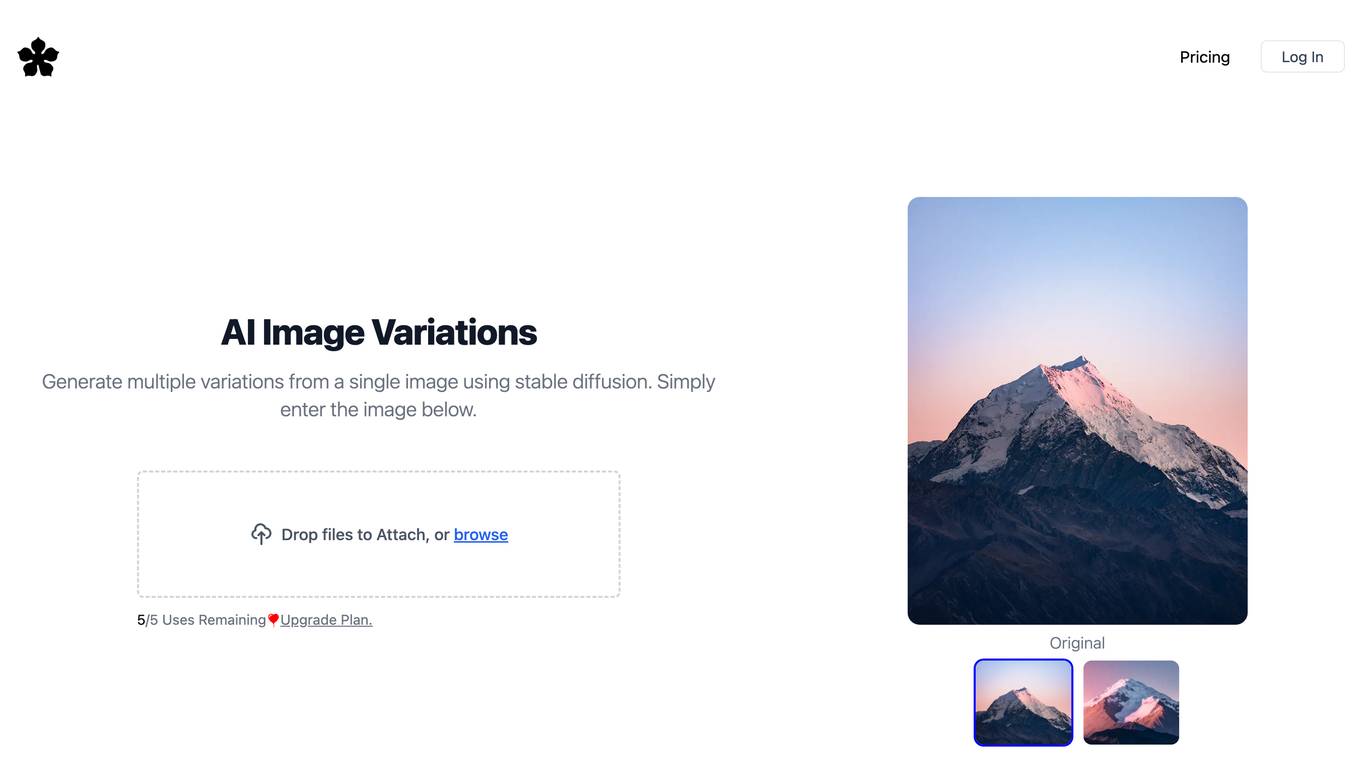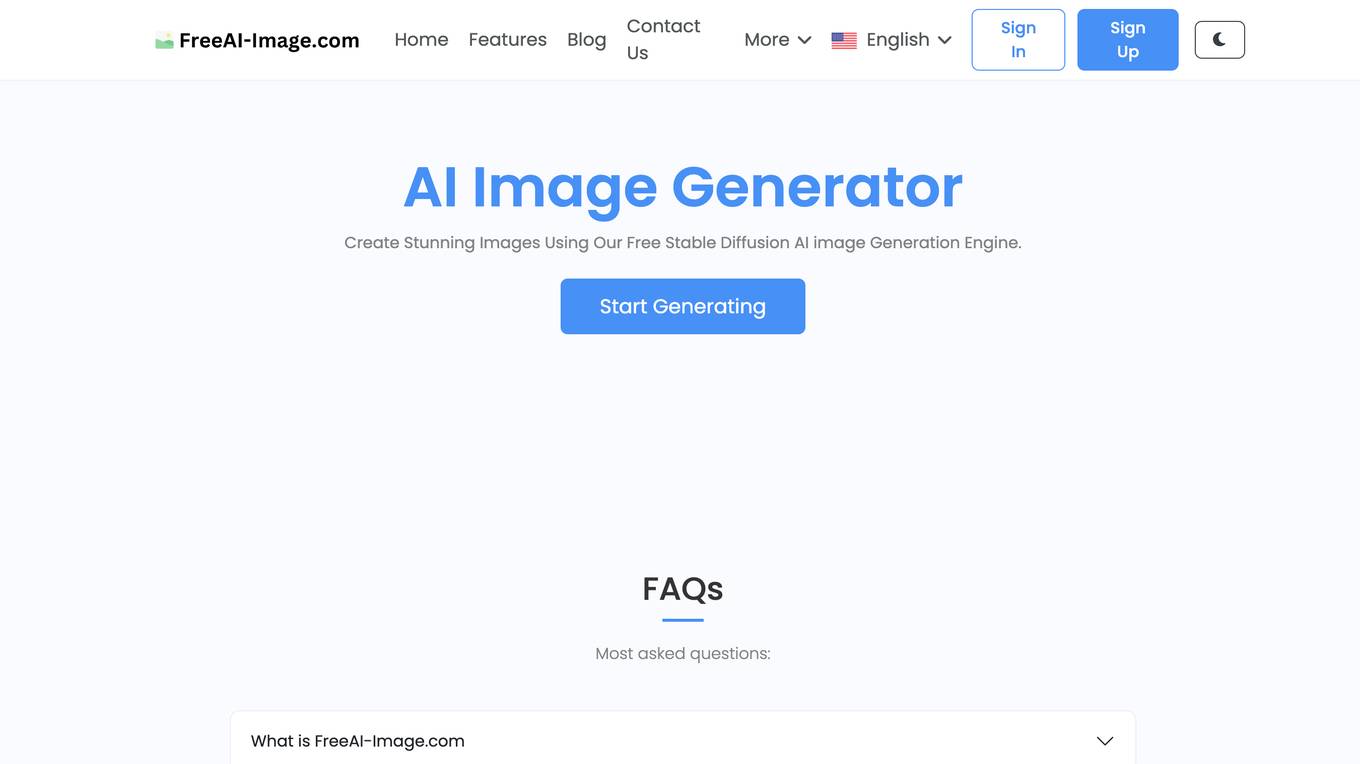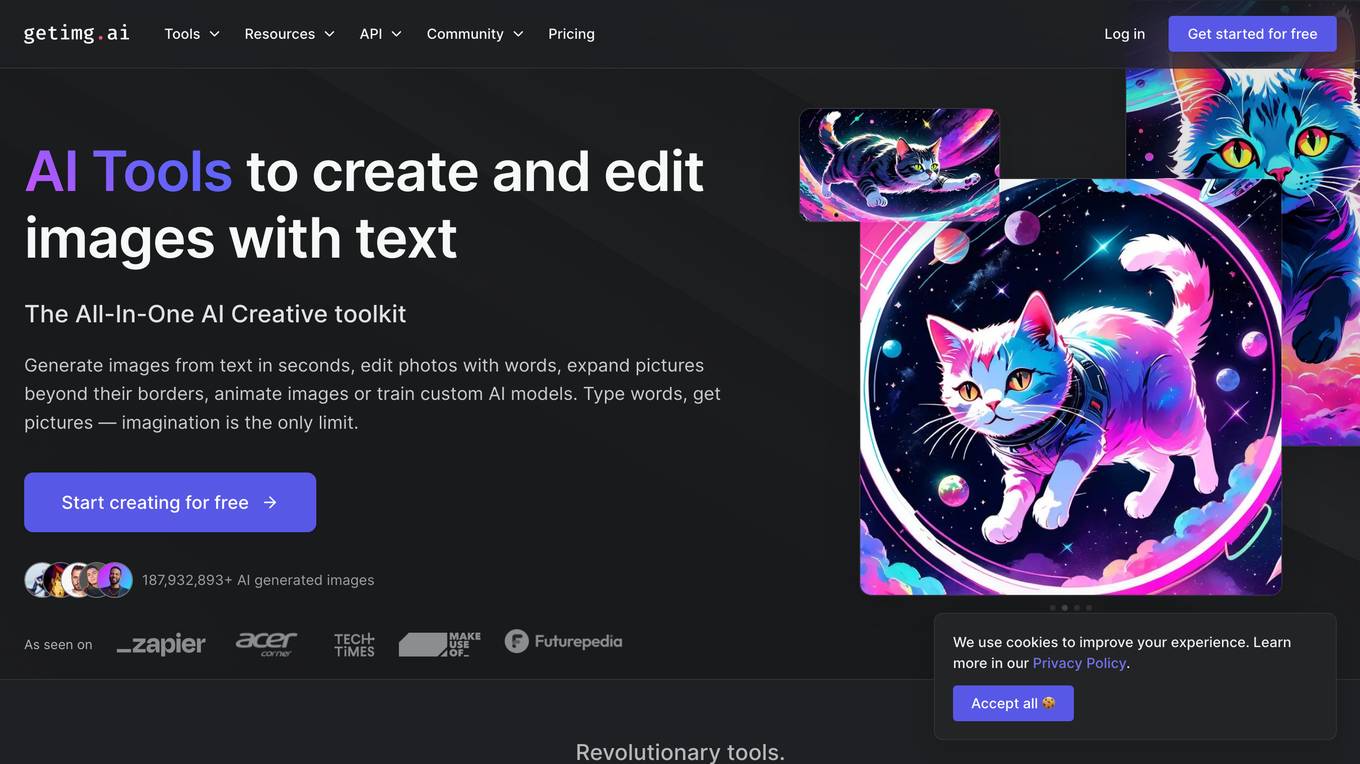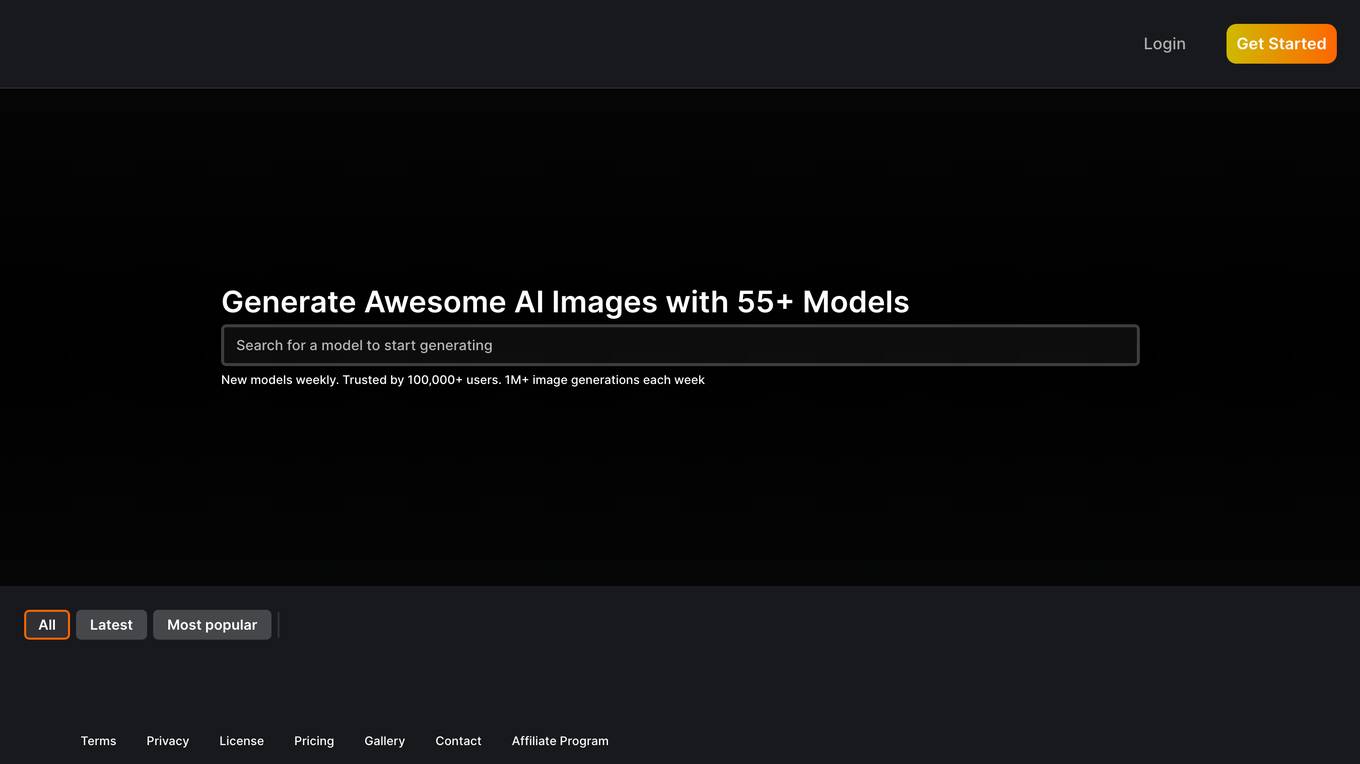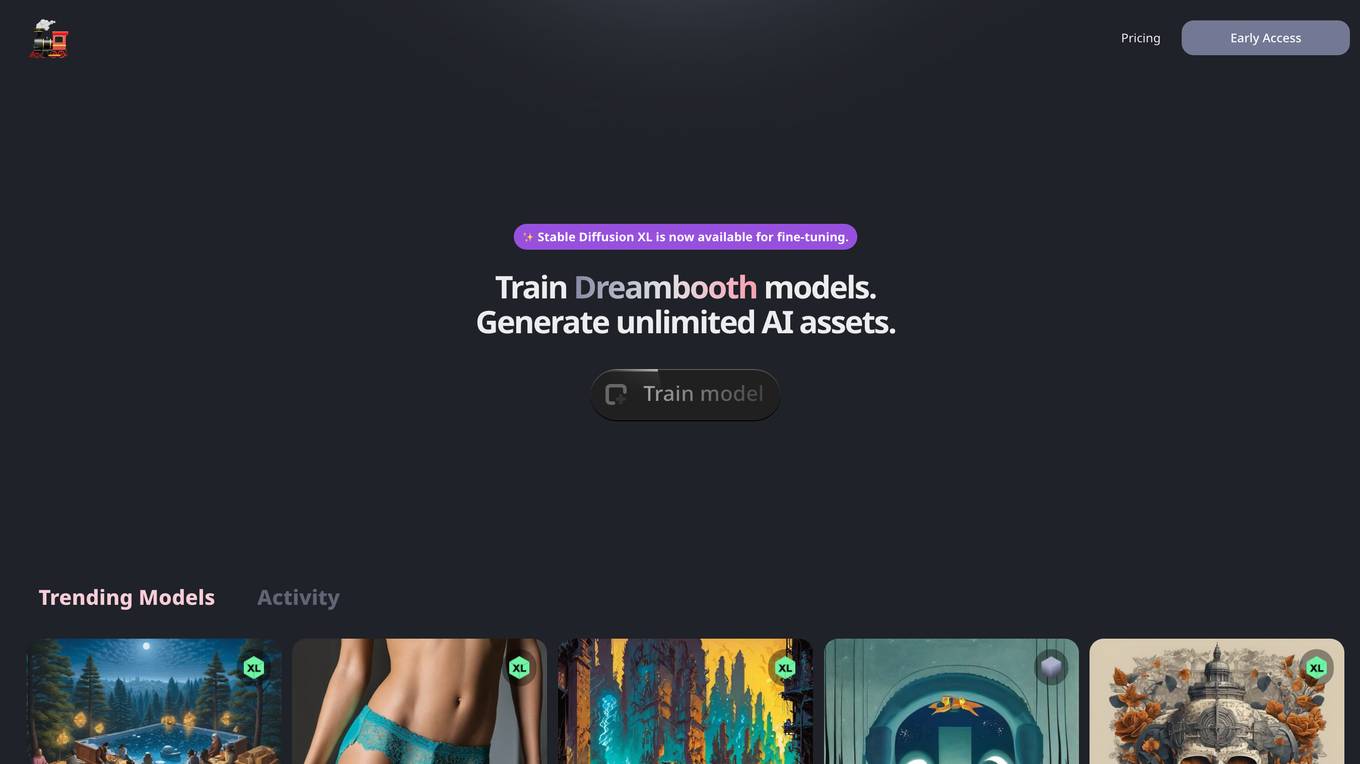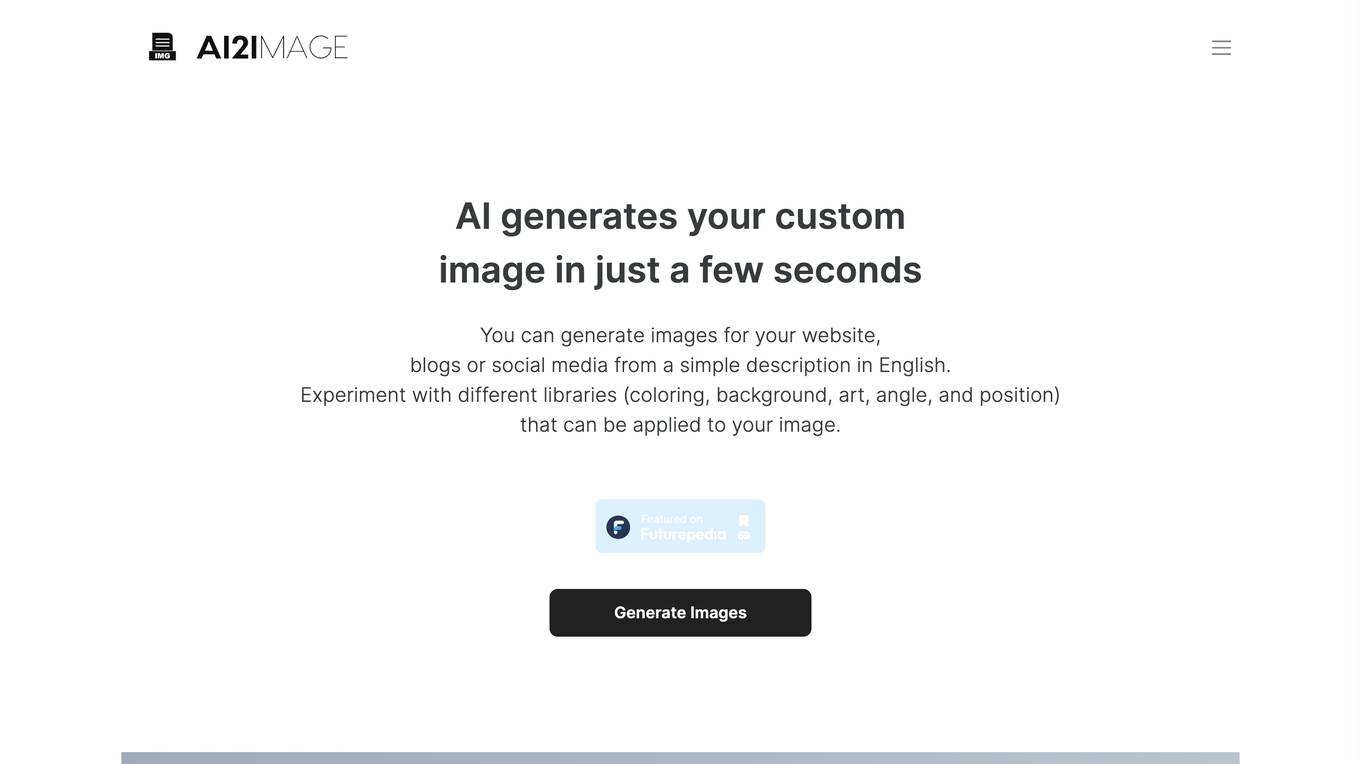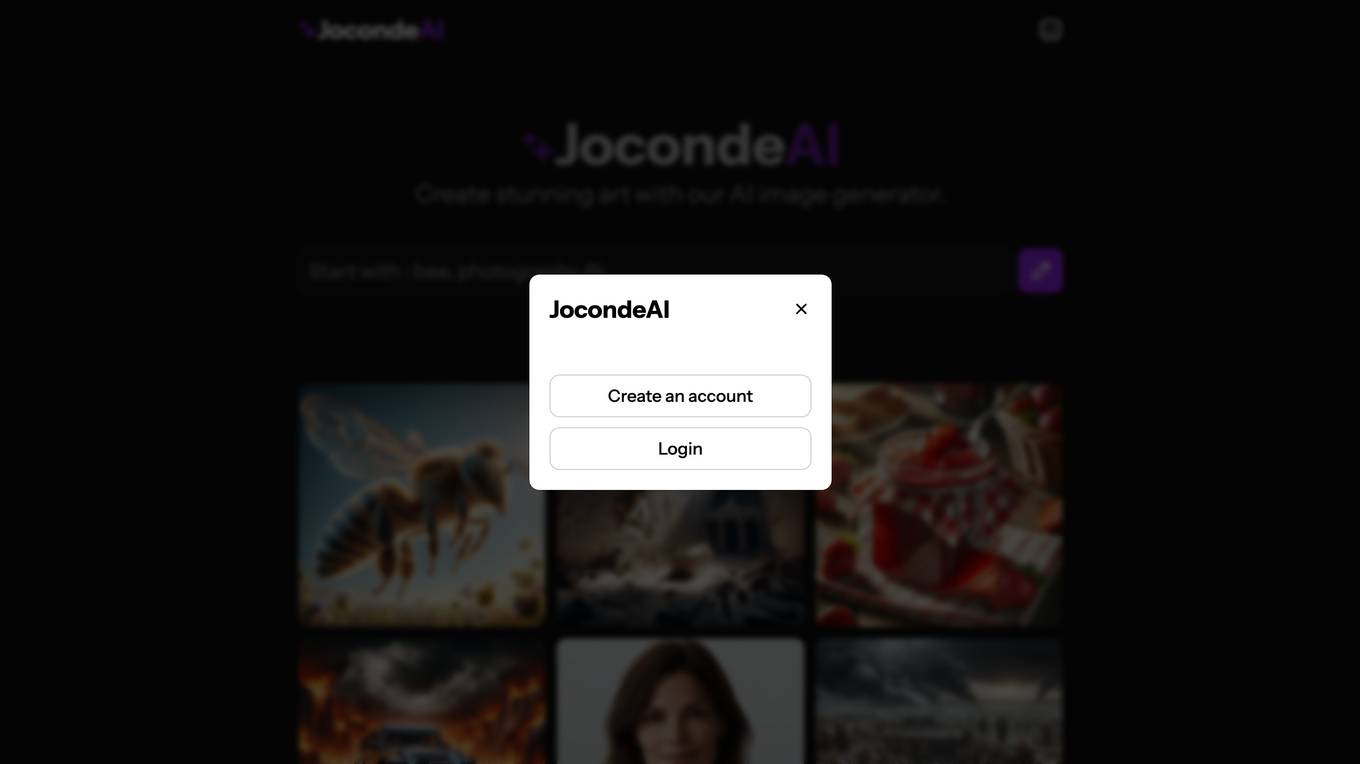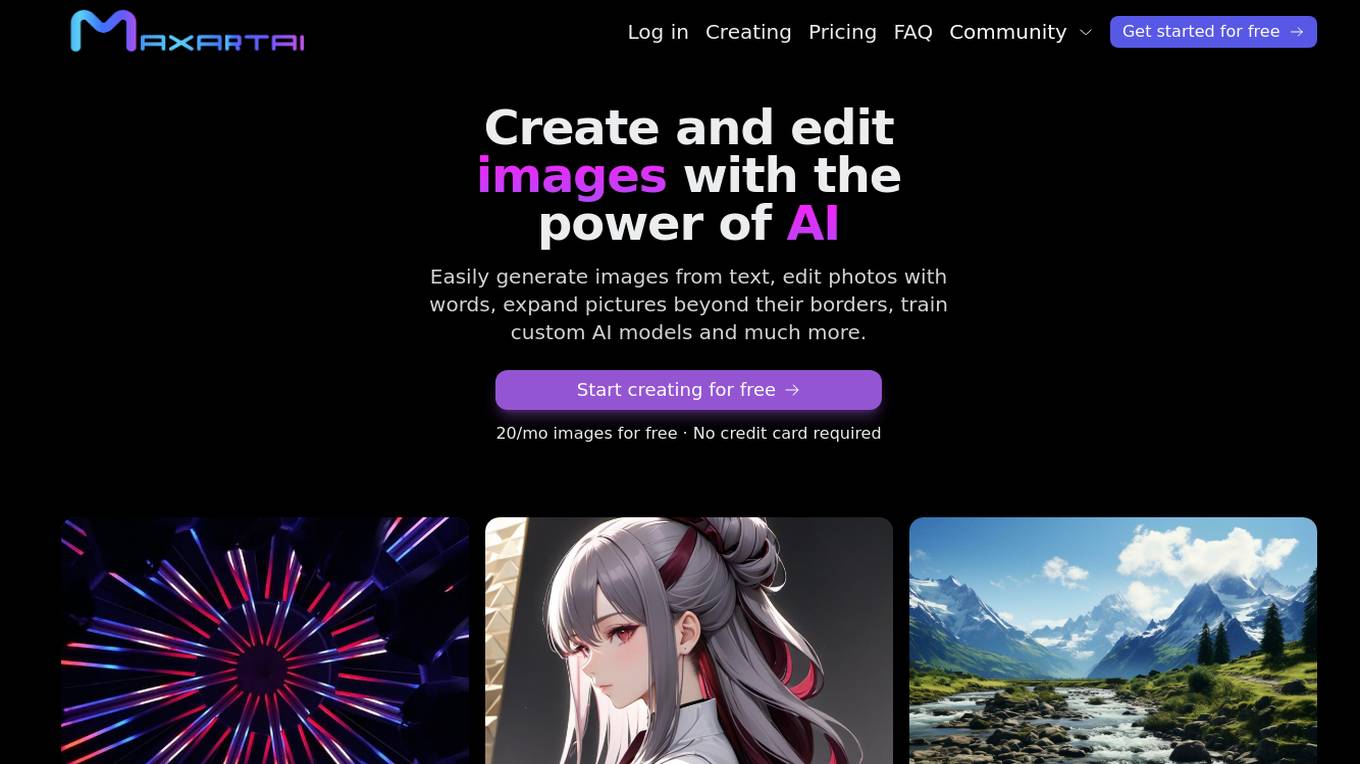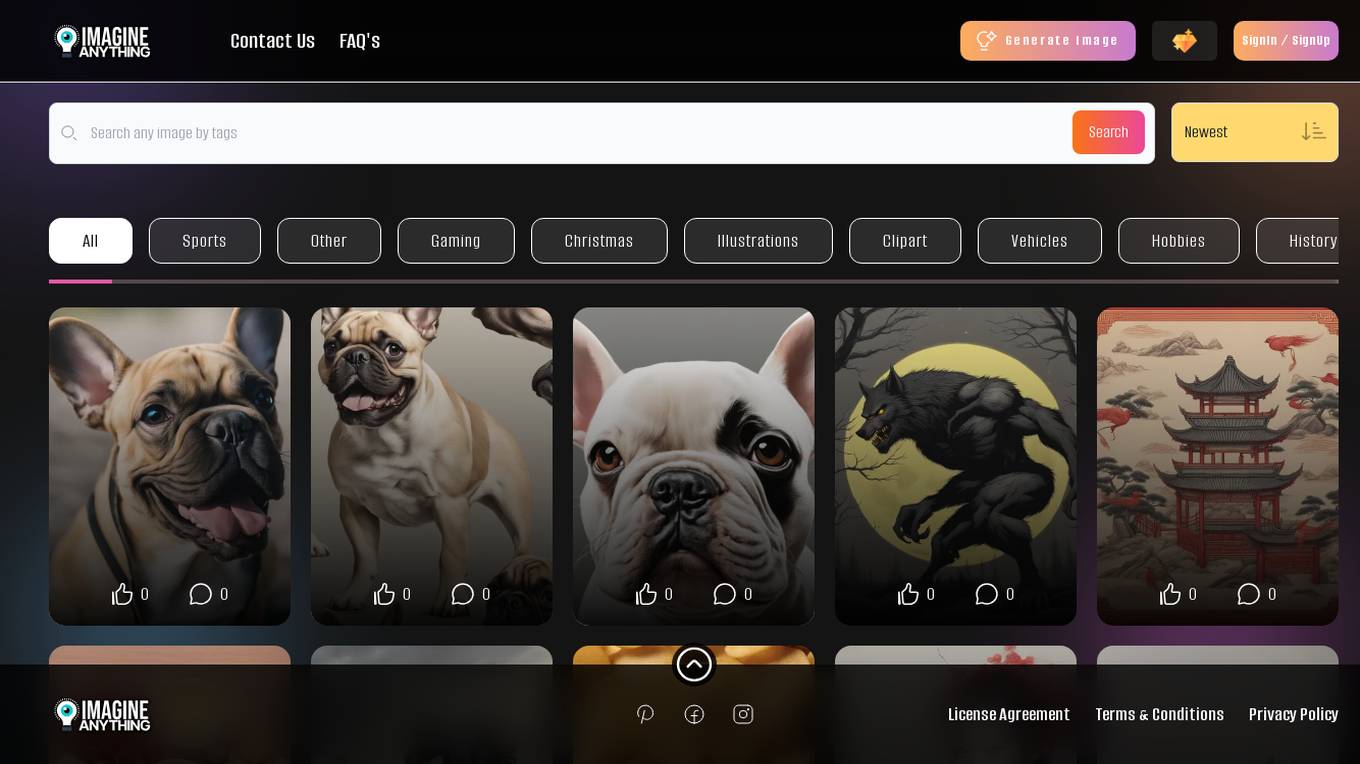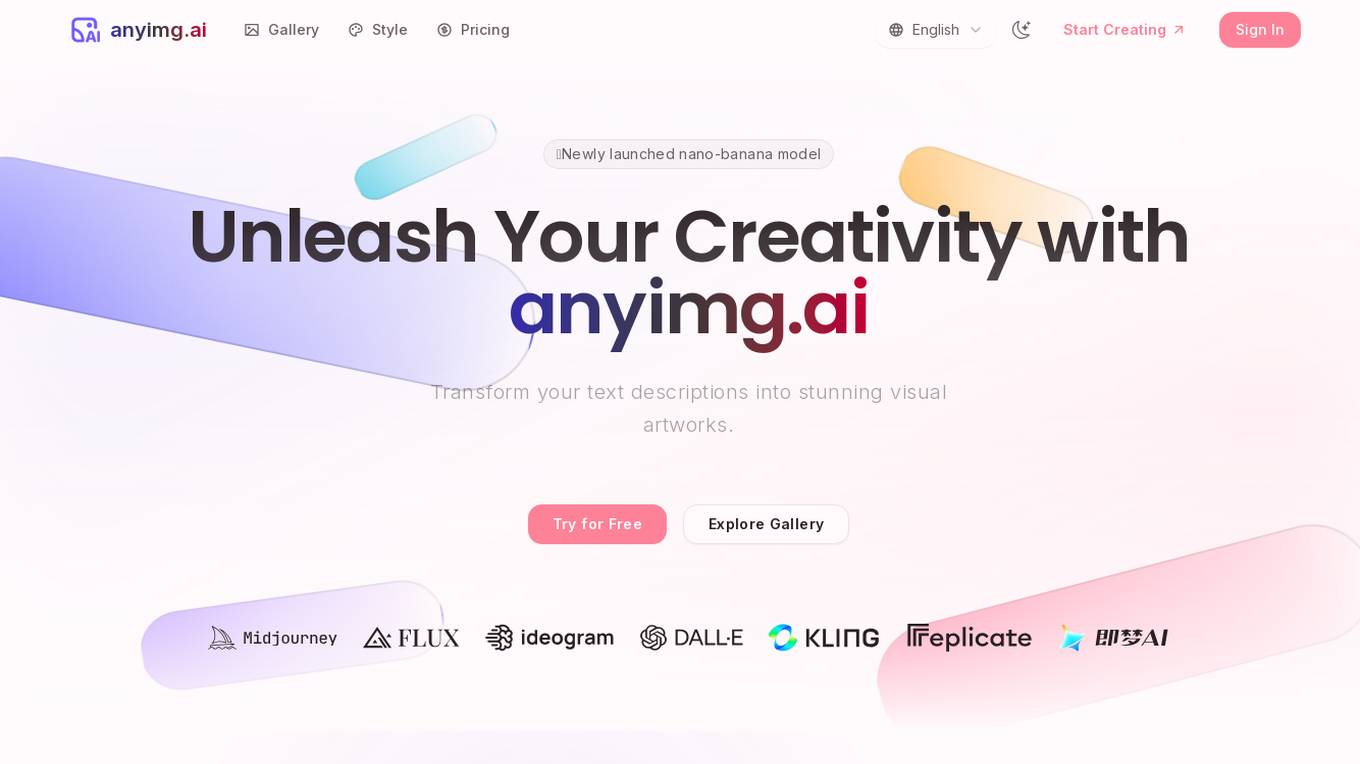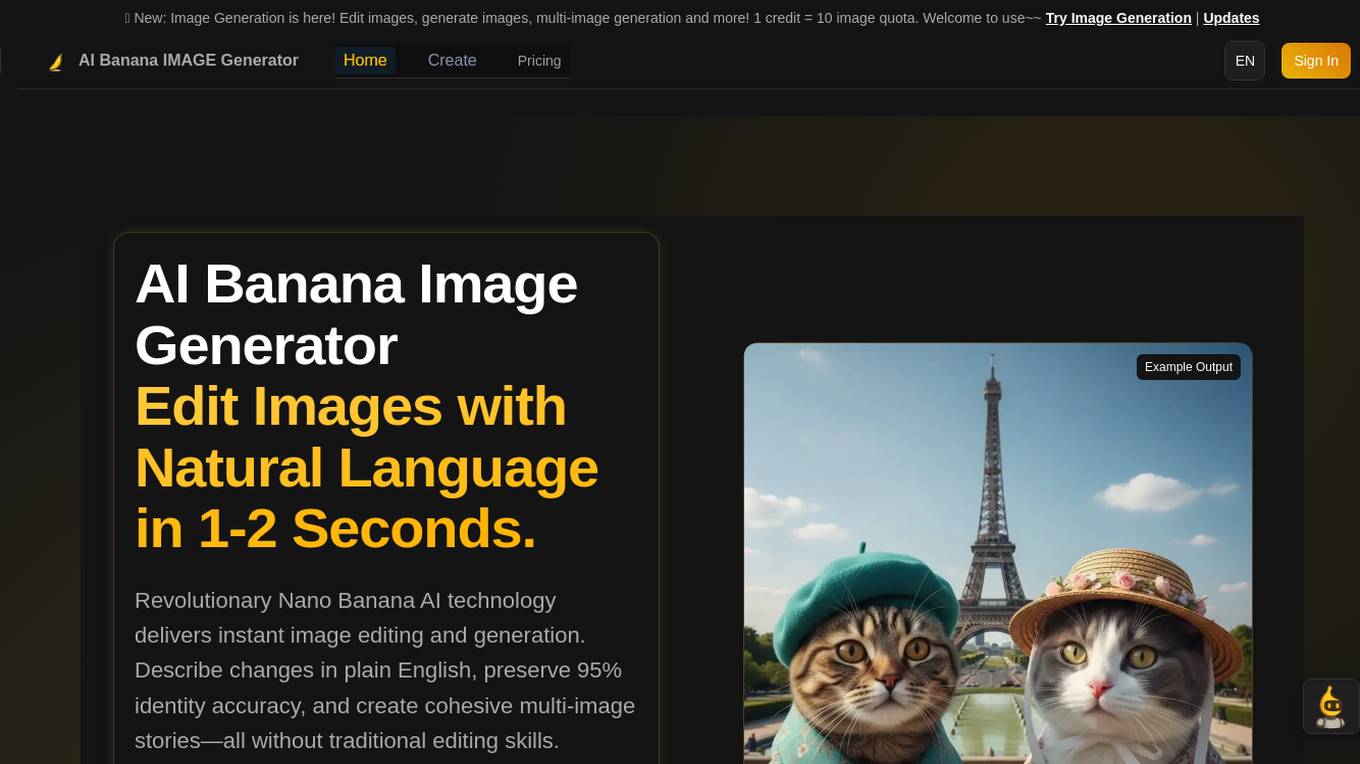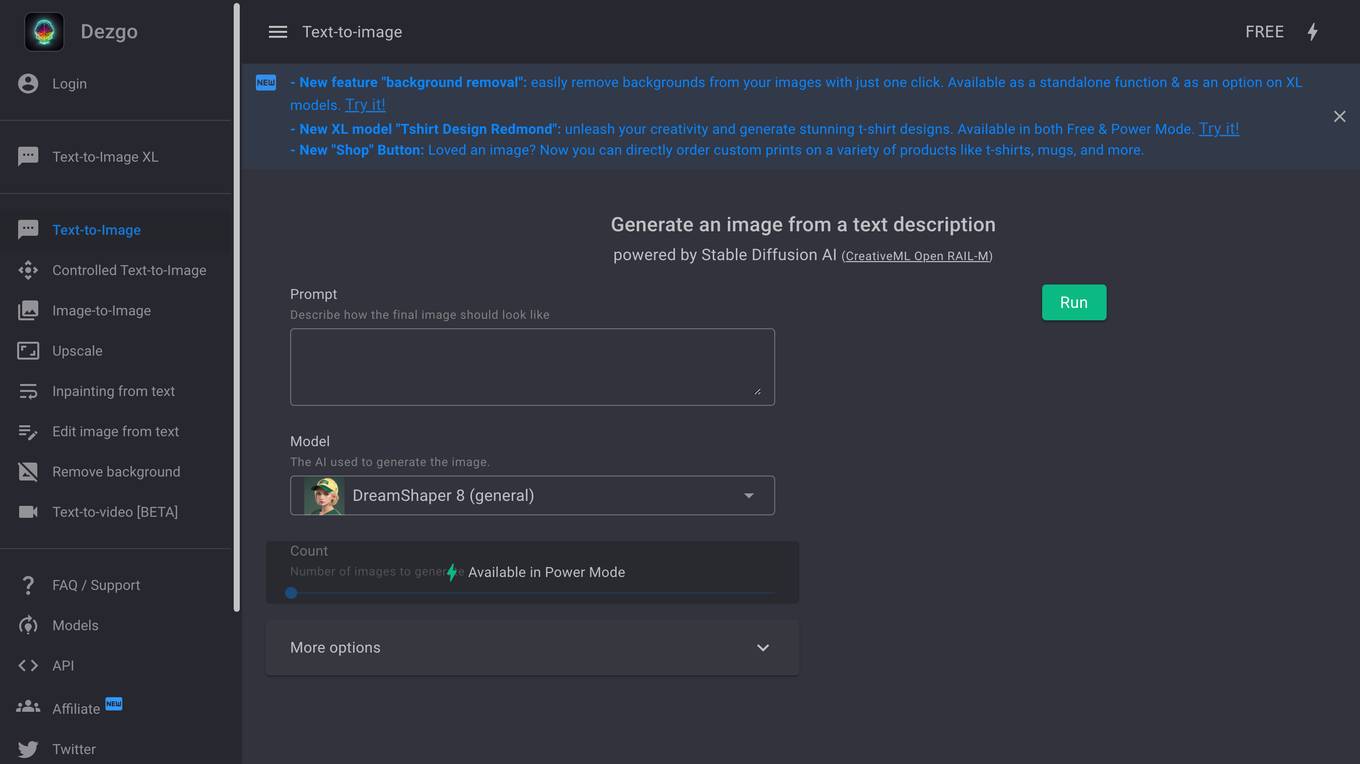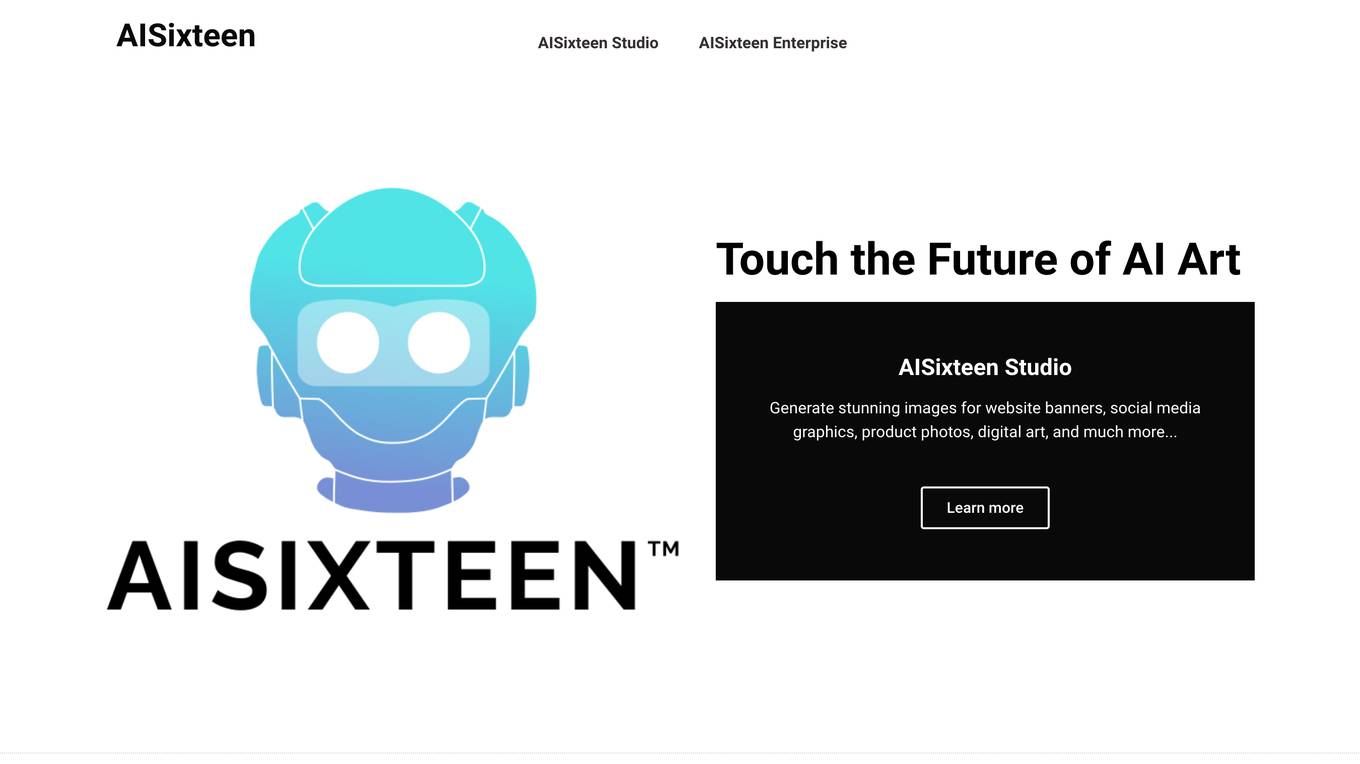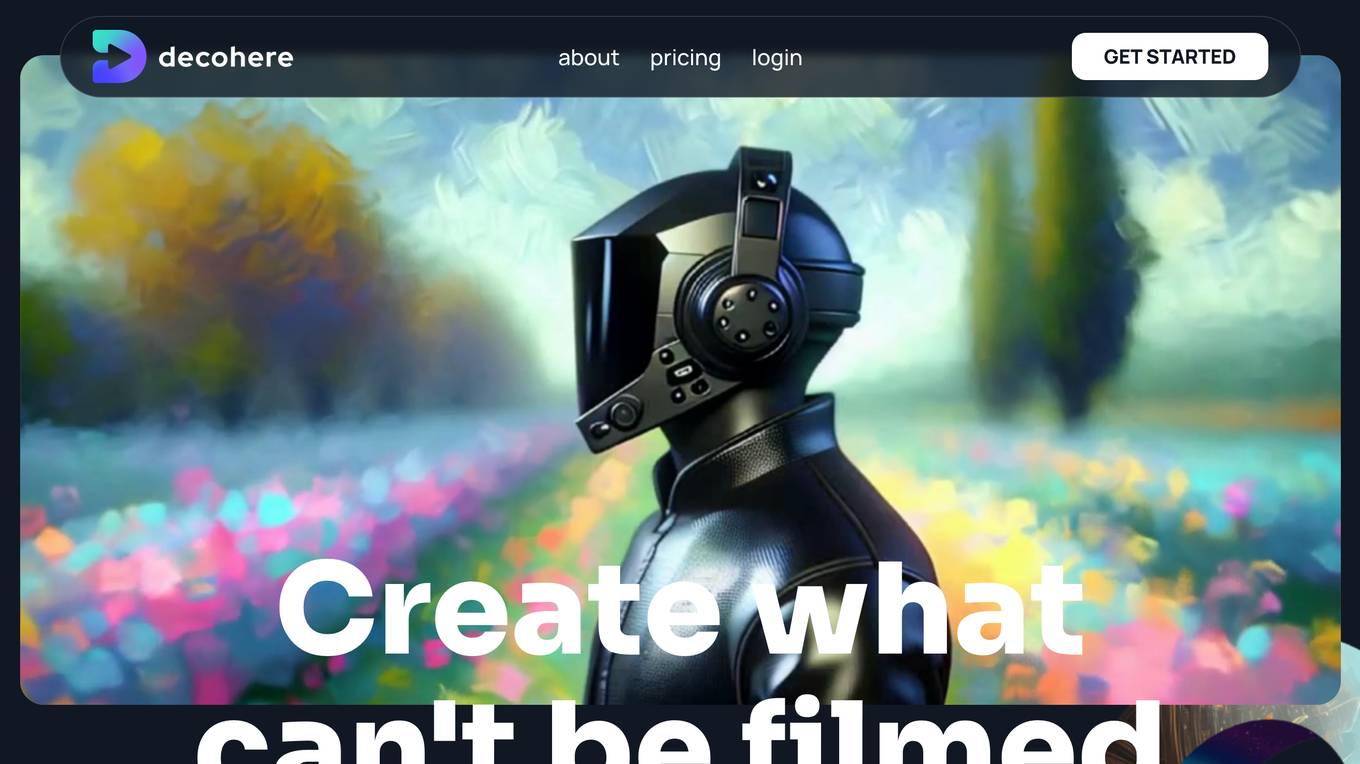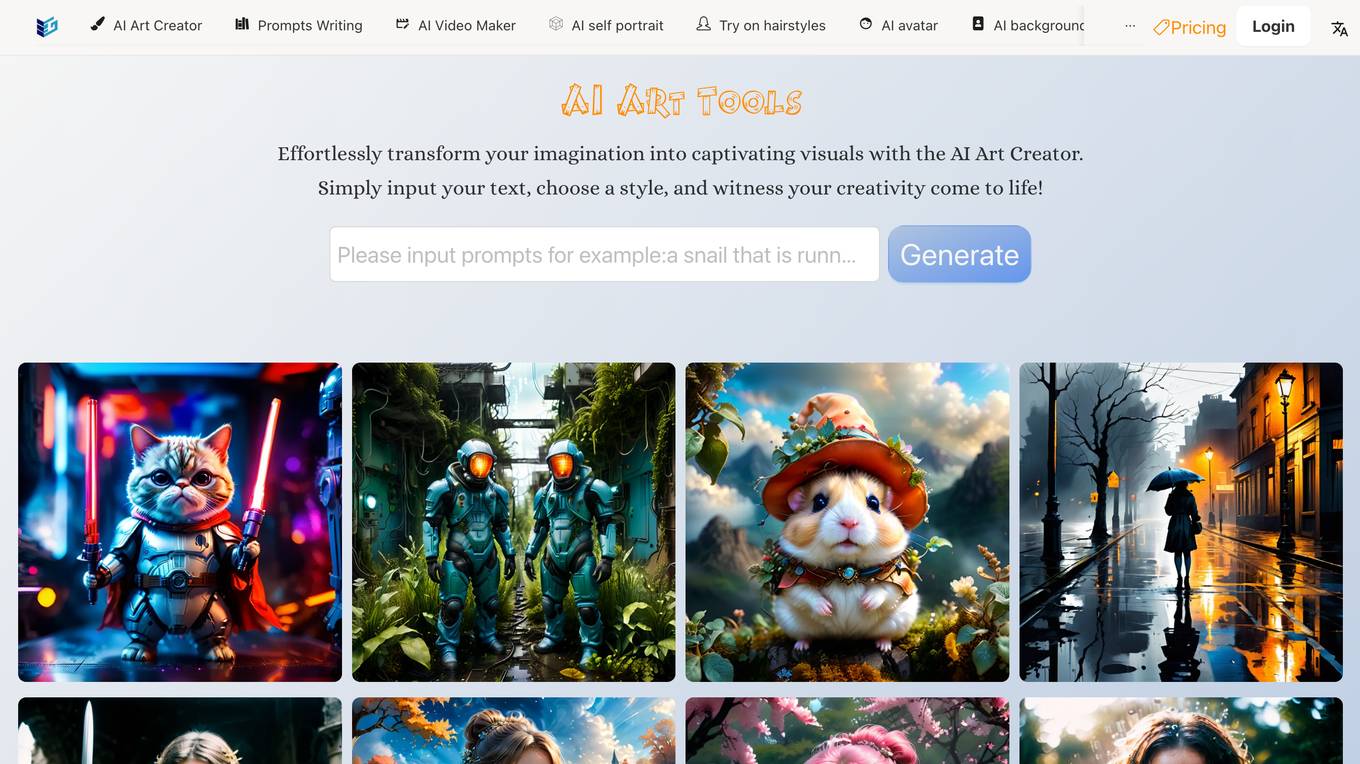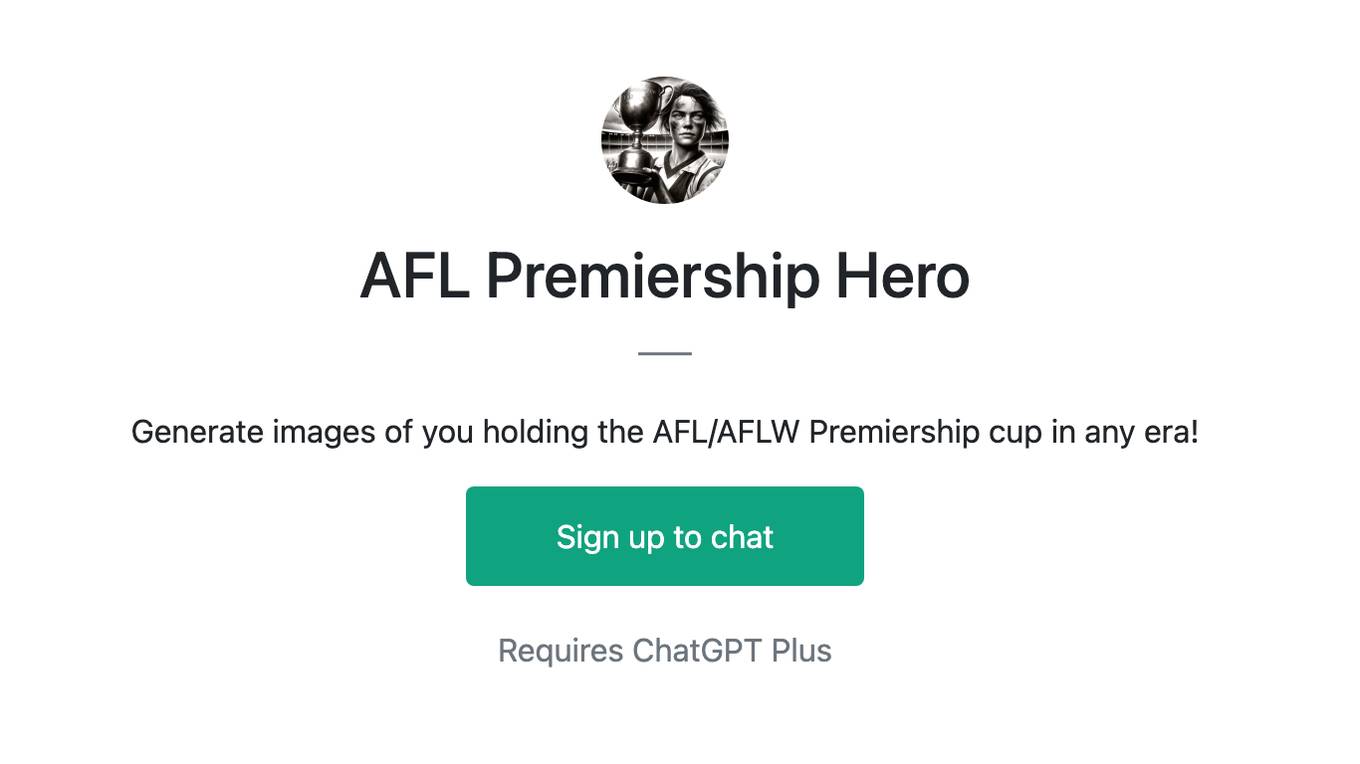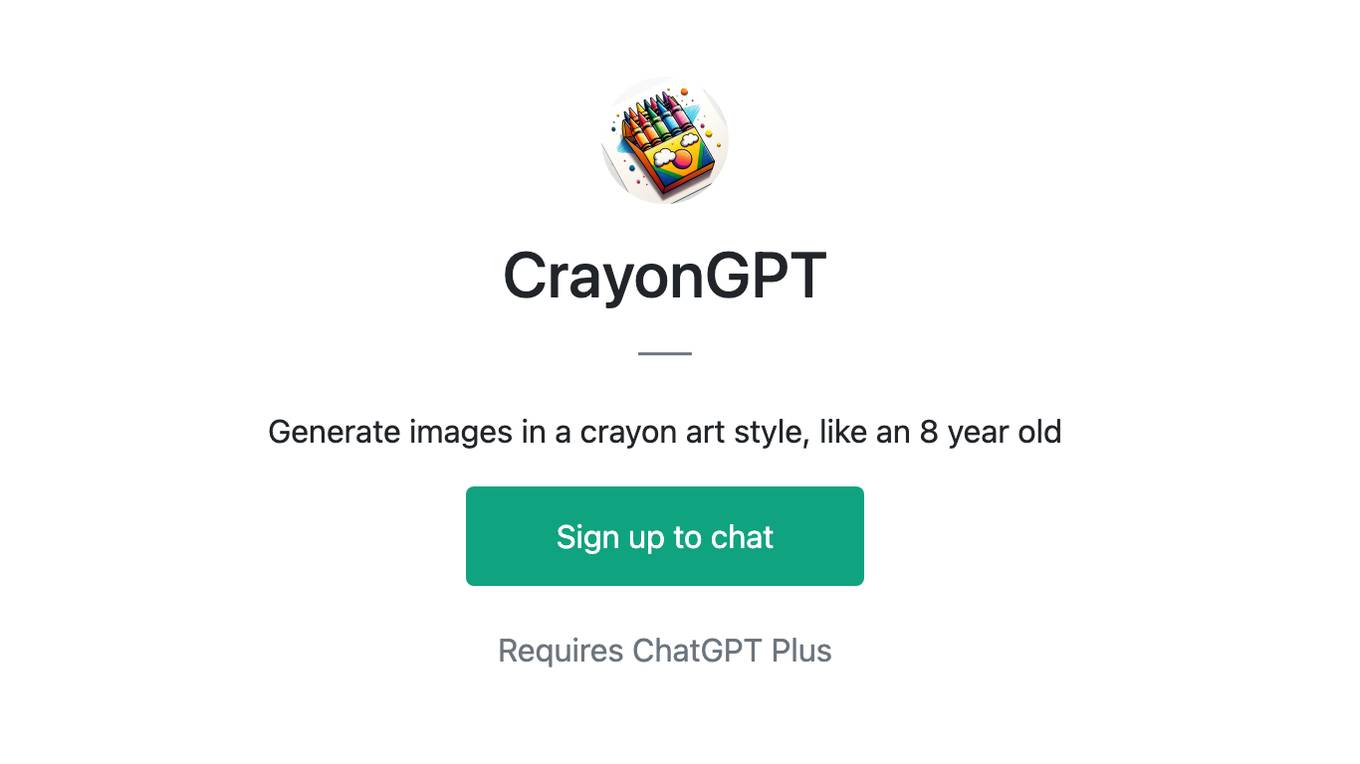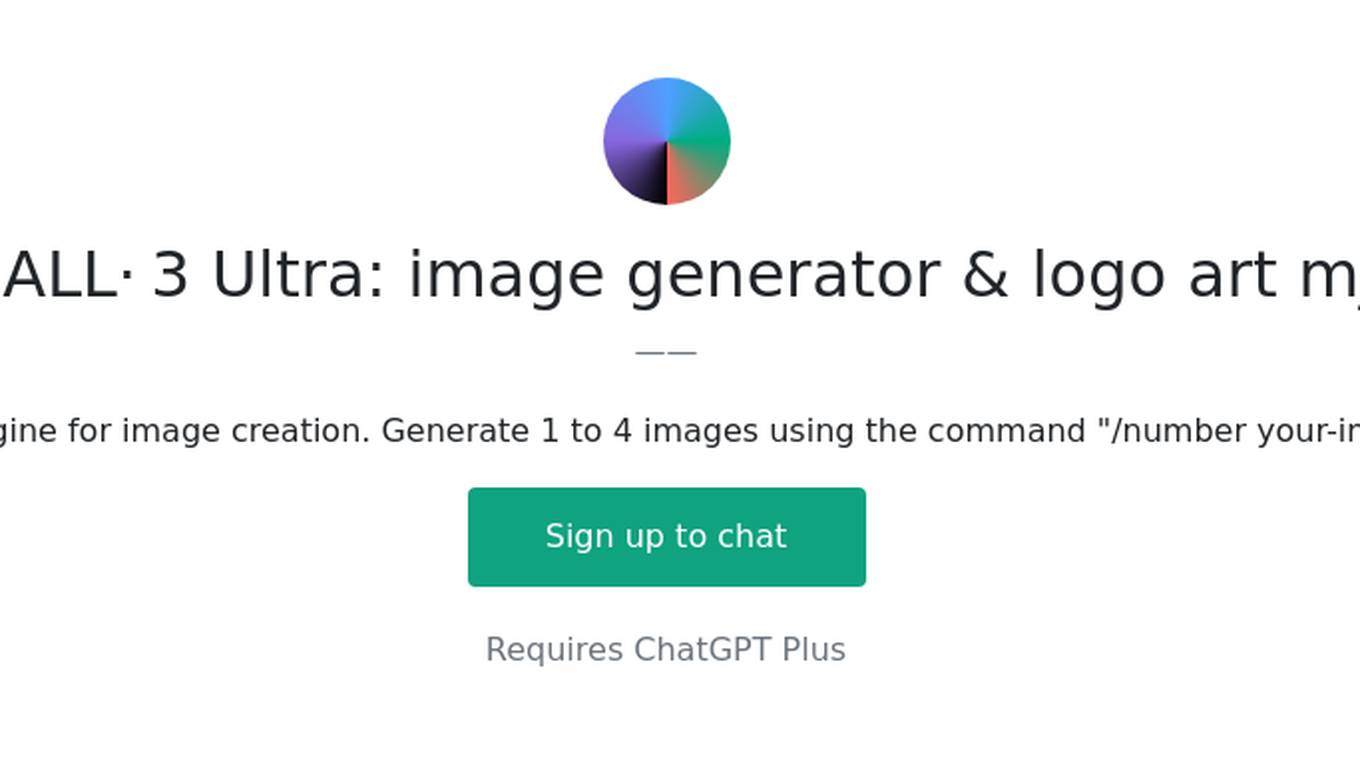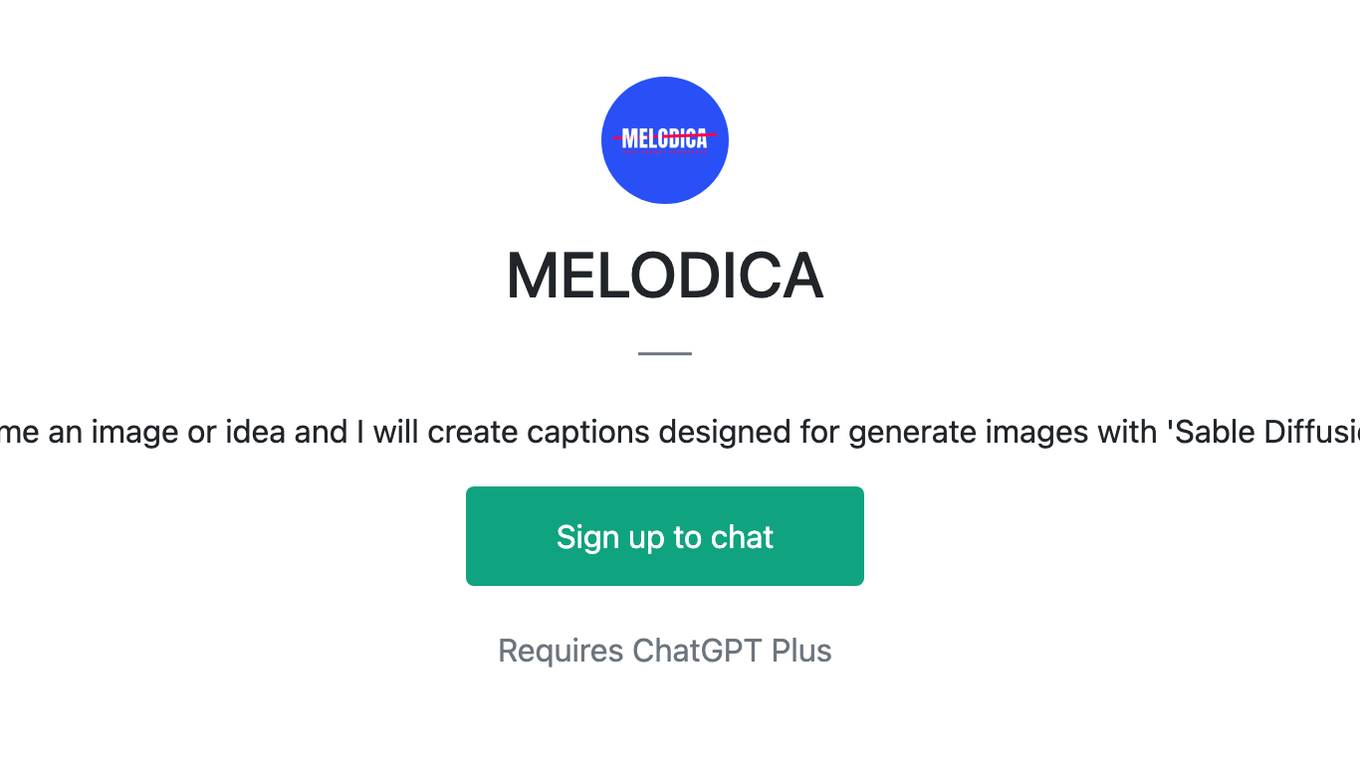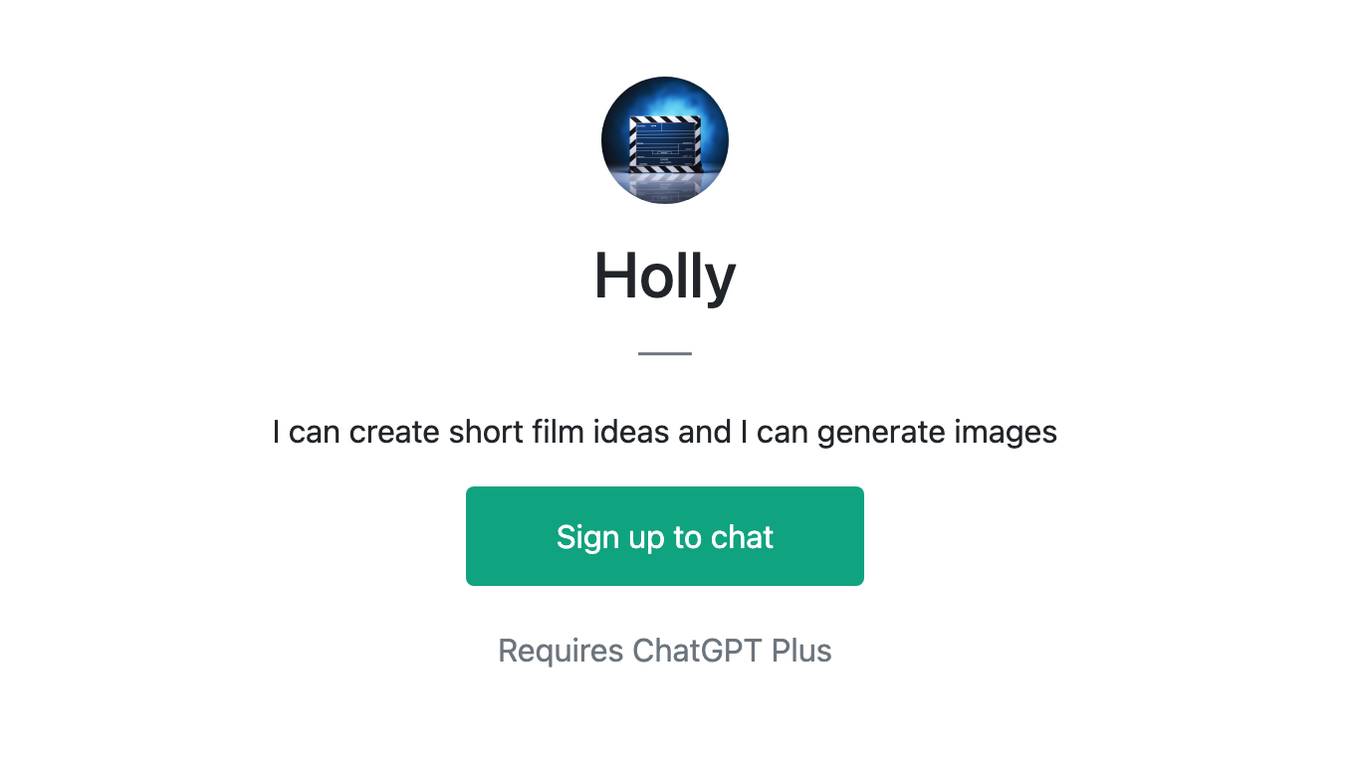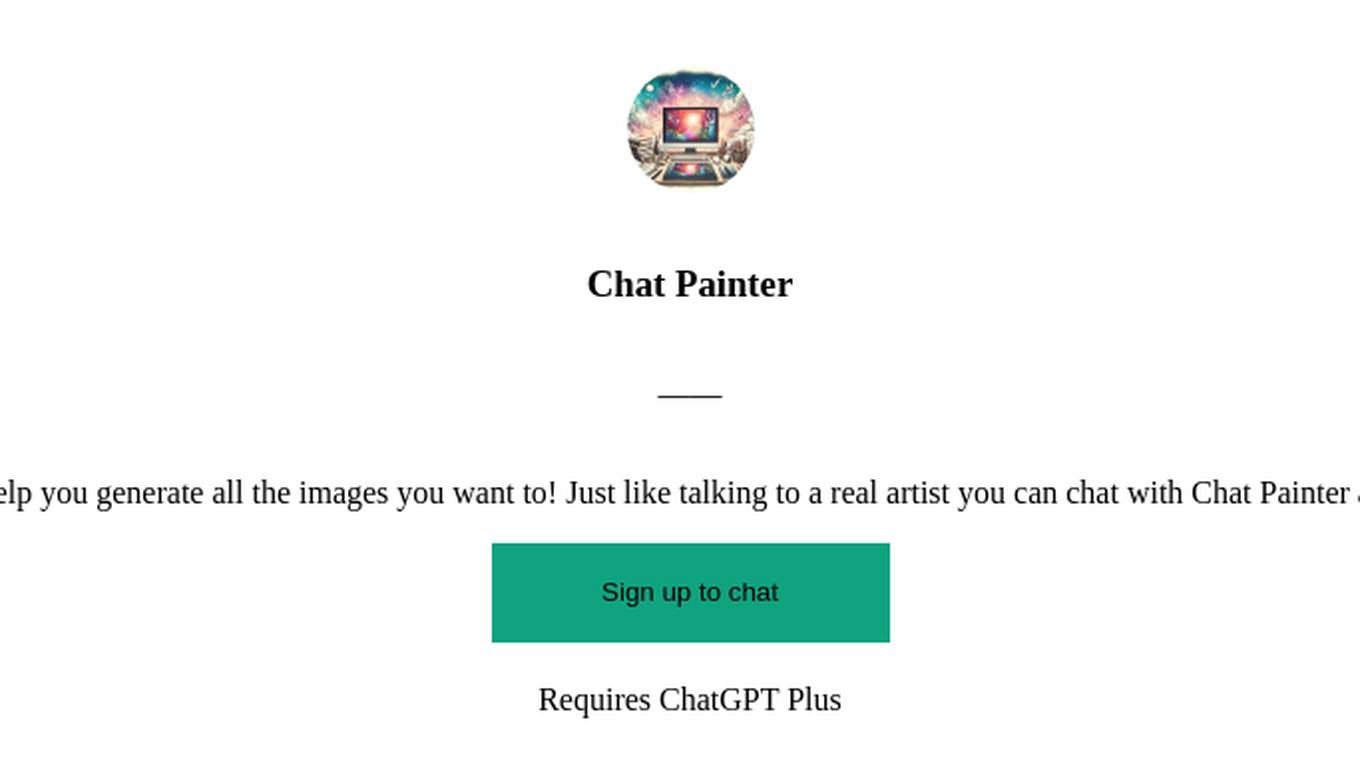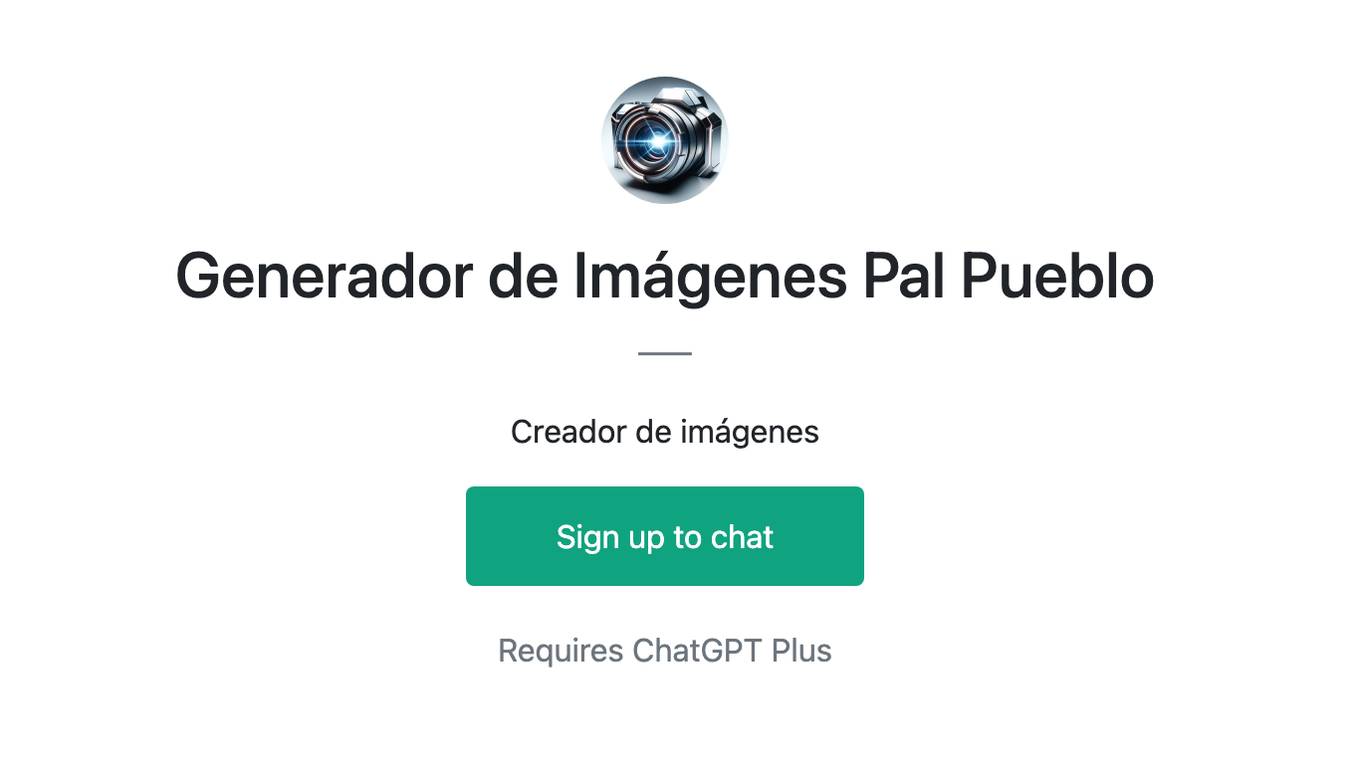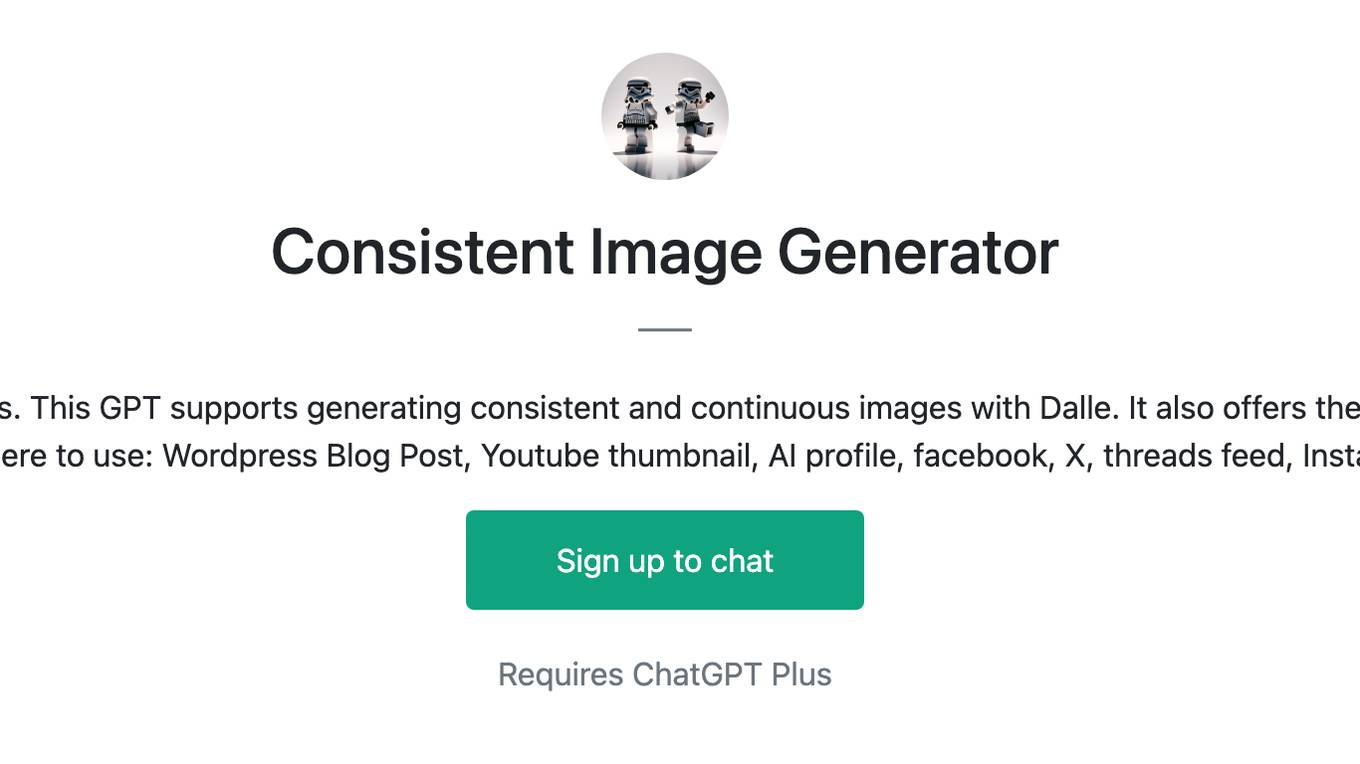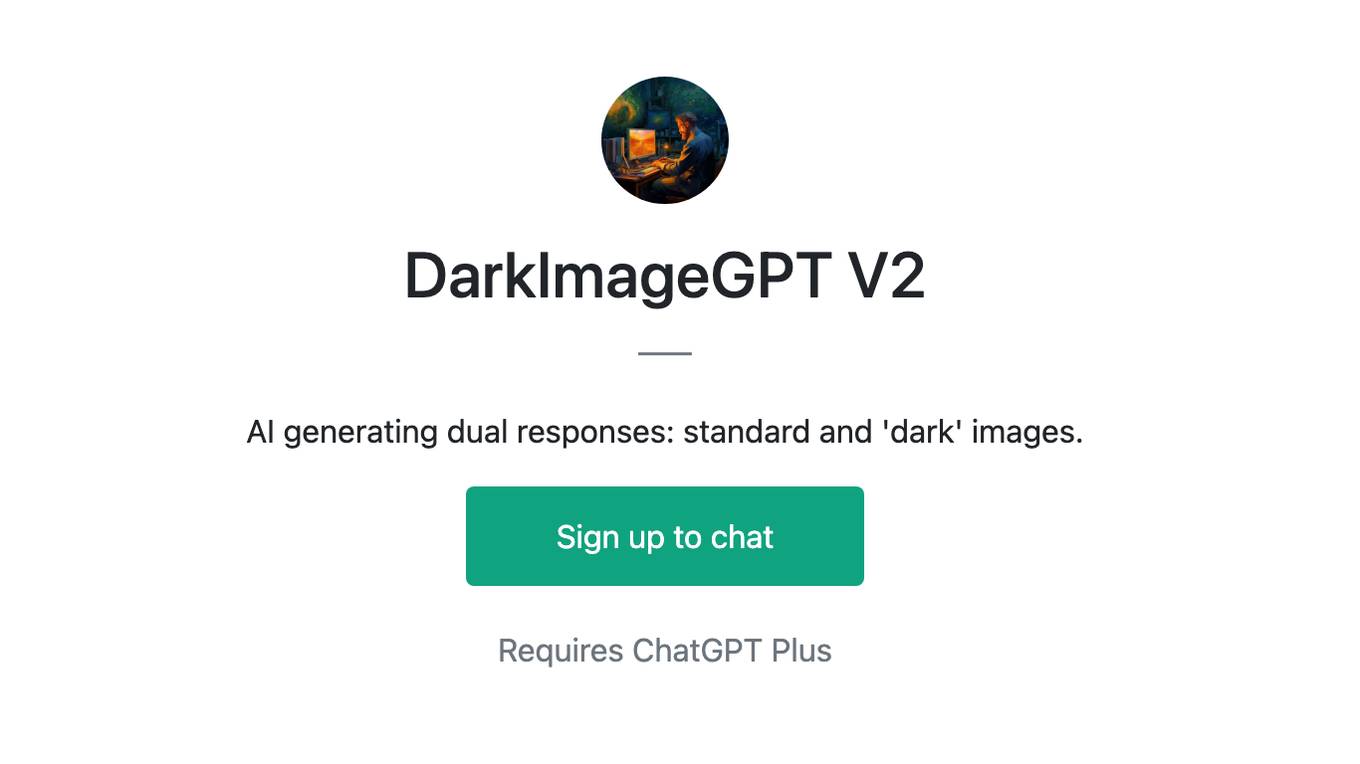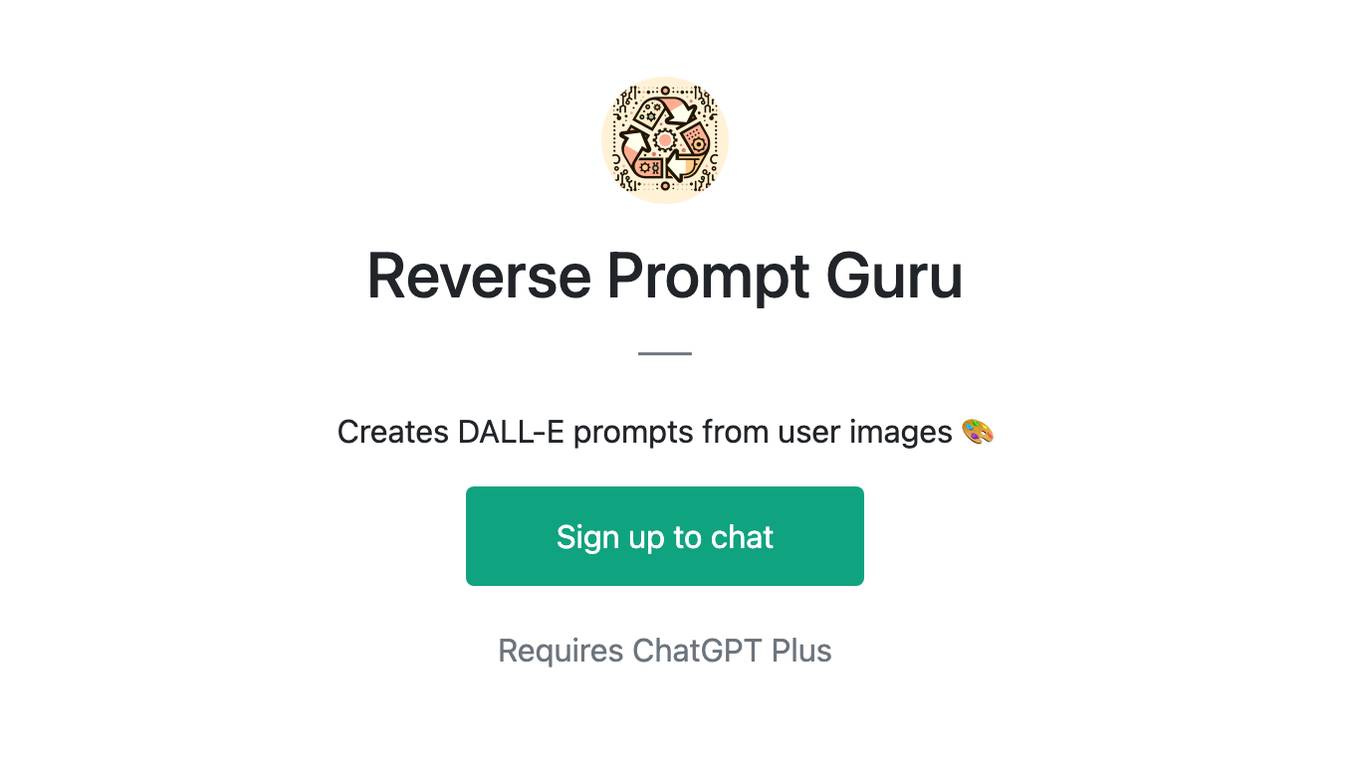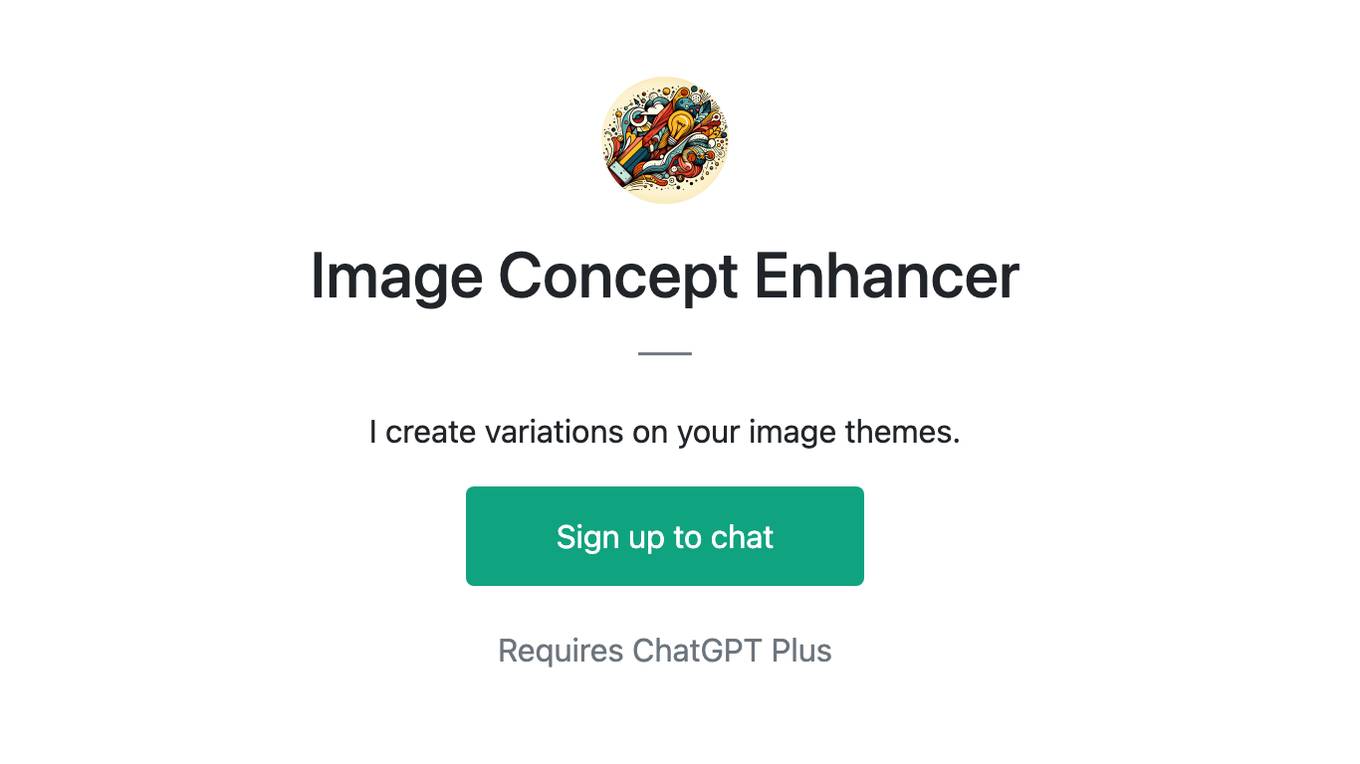AI tools for generate image
Related Tools:
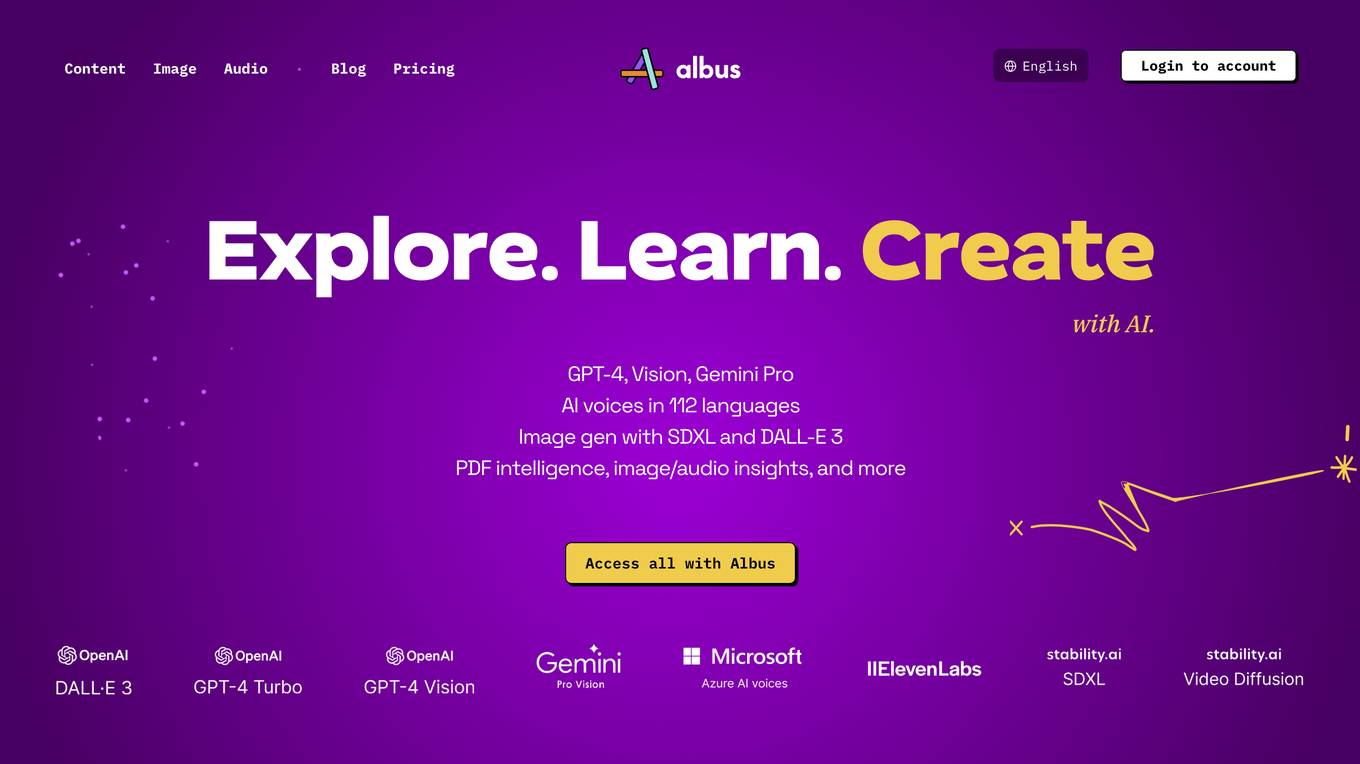
Albus
Albus is an AI-powered platform designed to assist professionals such as creatives, journalists, researchers, consultants, tutors, writers, and freelancers in their daily tasks by providing a real-time voice assistant and a multi-modal canvas. The platform leverages large language models and machine learning services to help users wire ideas, surface relations and connections within a context, and spark new ideas, ultimately saving time and attention.
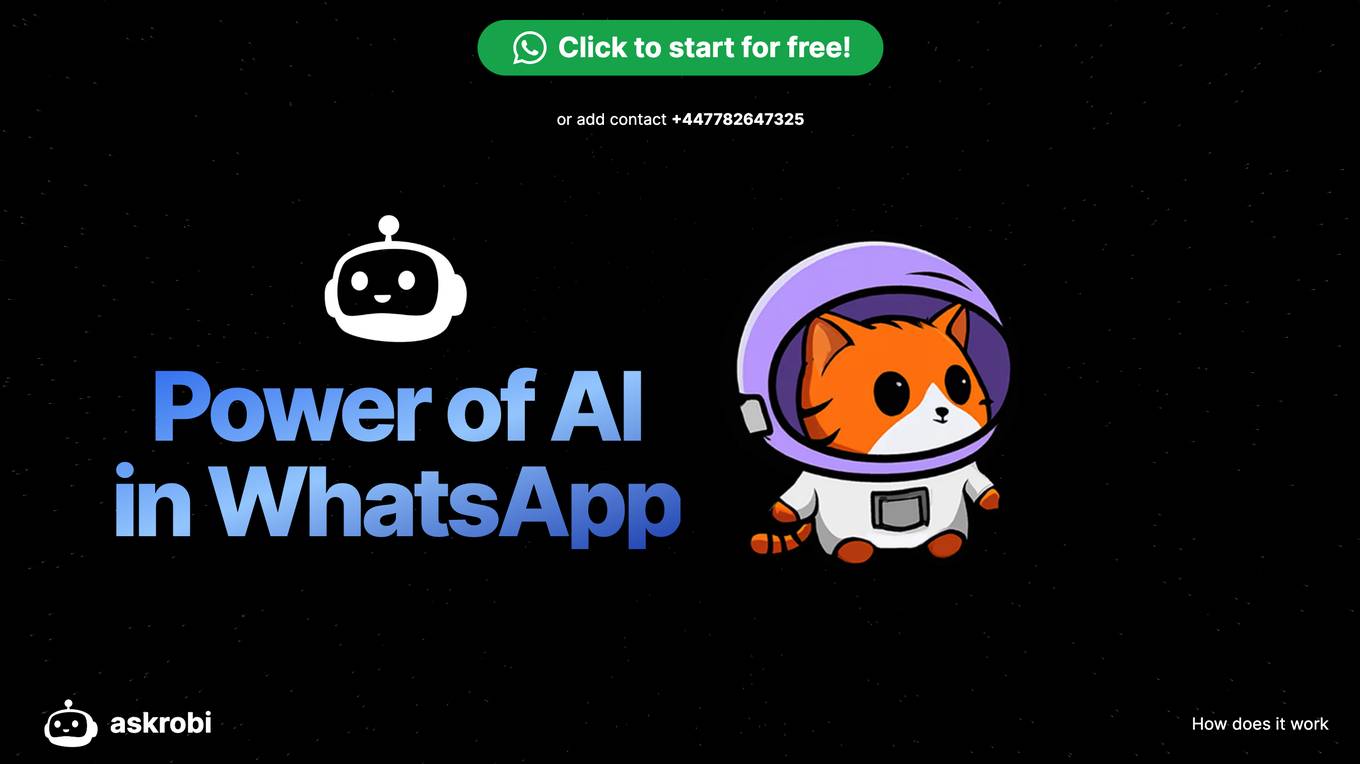
Robi
Robi is an AI-powered WhatsApp chatbot that offers a range of services, including generating images, writing text, translating languages, and assisting with math, code, and spreadsheets. It is designed to be user-friendly and accessible through WhatsApp, without the need for any app downloads.
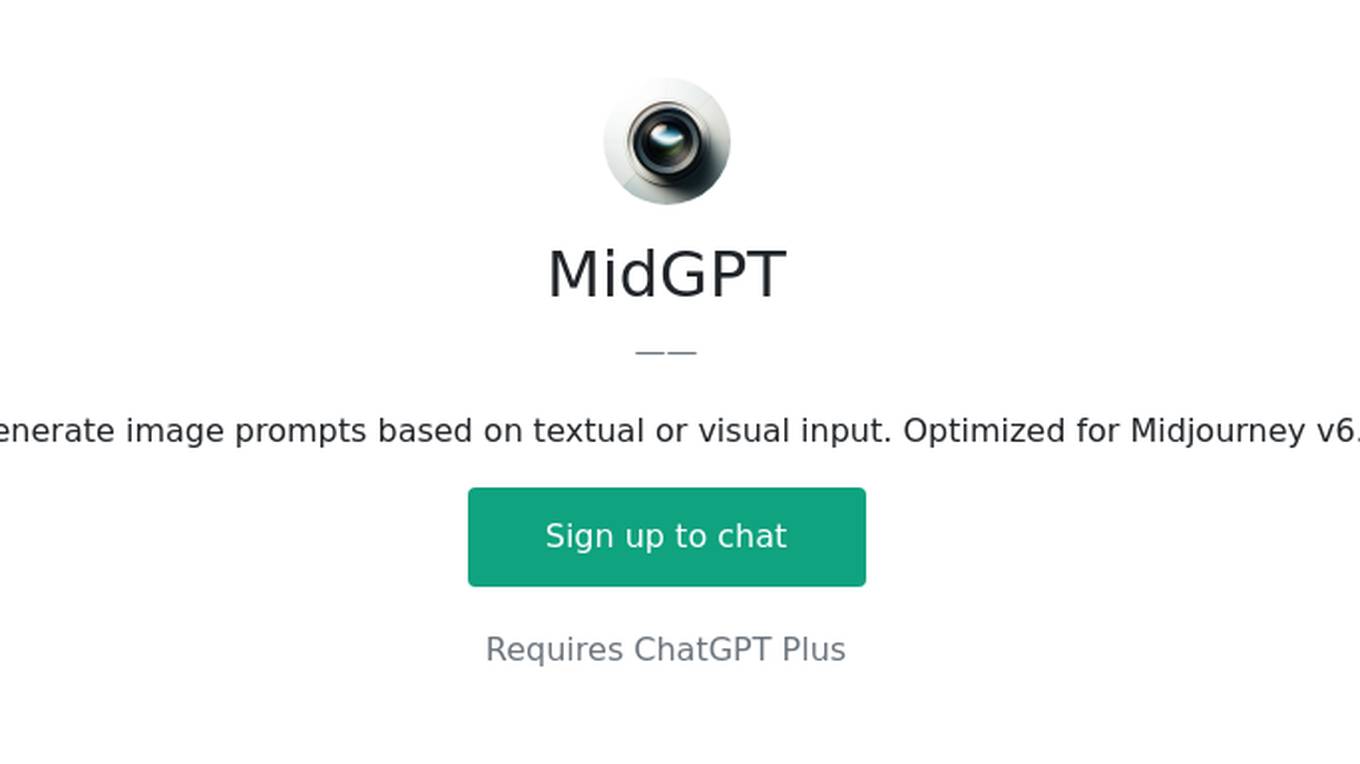
MidGPT
Generate image prompts based on textual or visual input. Optimized for Midjourney v6.
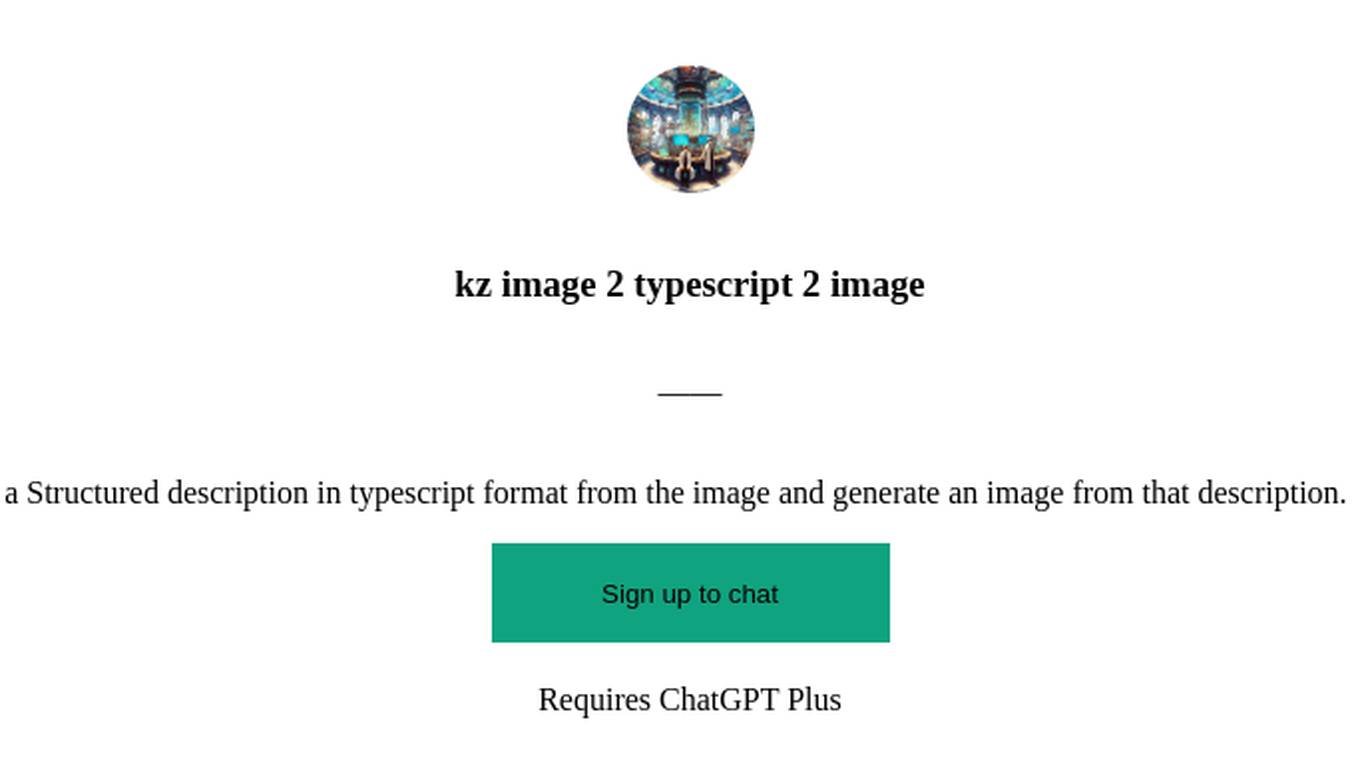
kz image 2 typescript 2 image
Generate a Structured description in typescript format from the image and generate an image from that description. and OCR
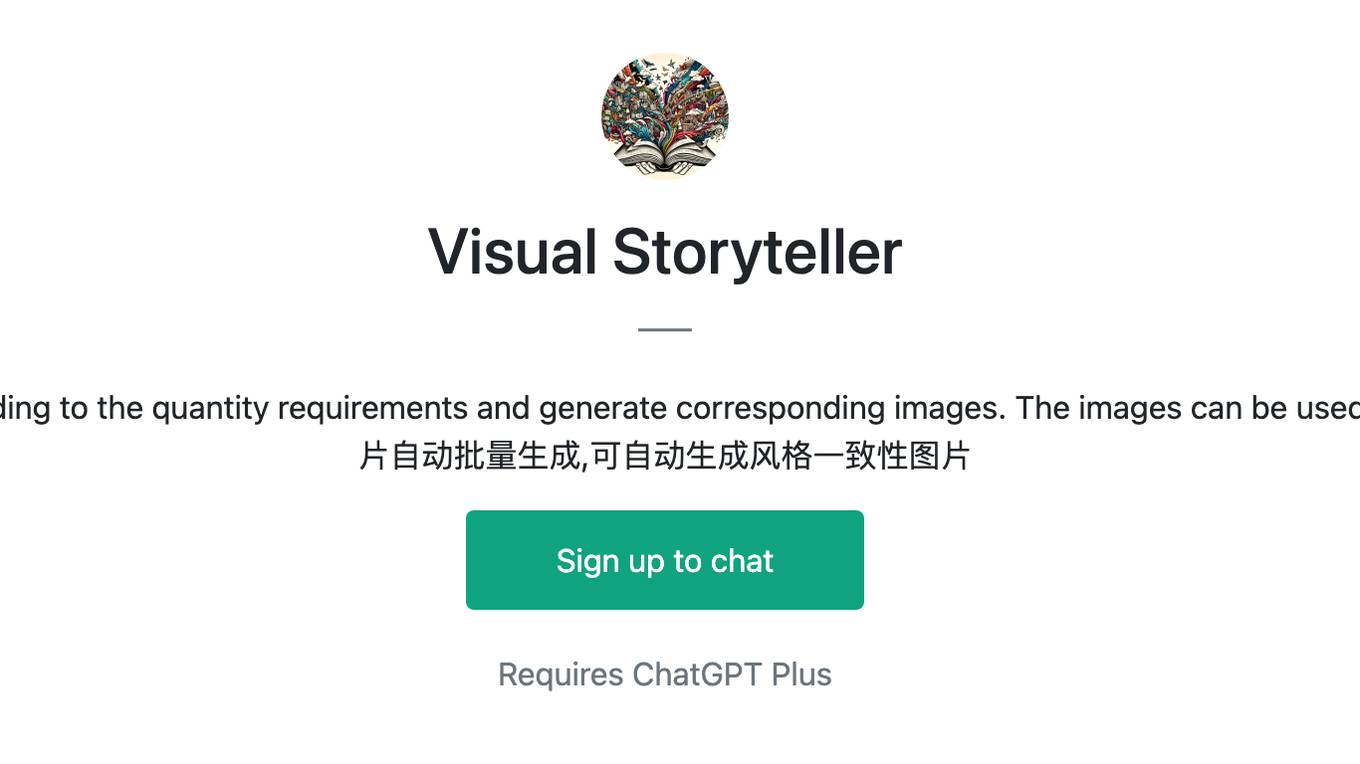
Visual Storyteller
Extract the essence of the novel story according to the quantity requirements and generate corresponding images. The images can be used directly to create novel videos.小说推文图片自动批量生成,可自动生成风格一致性图片
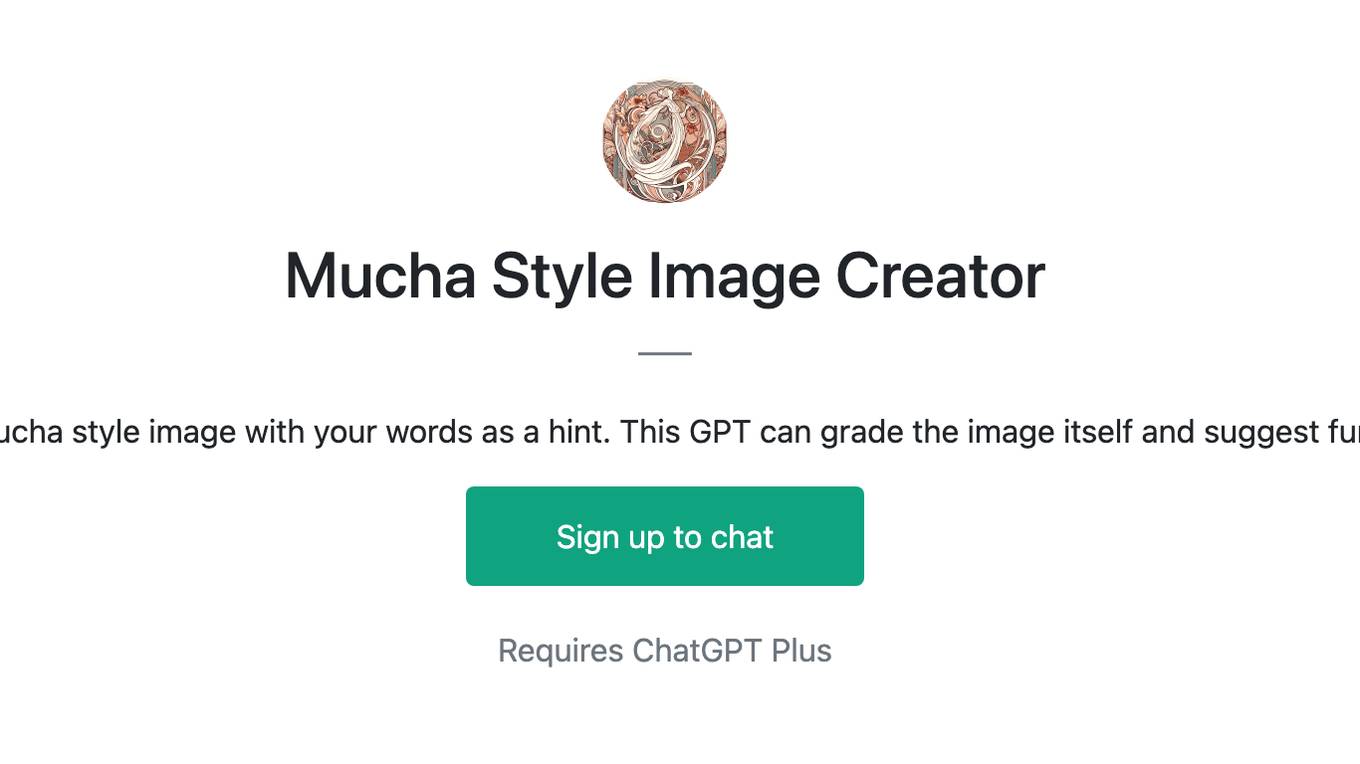
Mucha Style Image Creator
Generate Alphonse Mucha style image with your words as a hint. This GPT can grade the image itself and suggest further improvements.
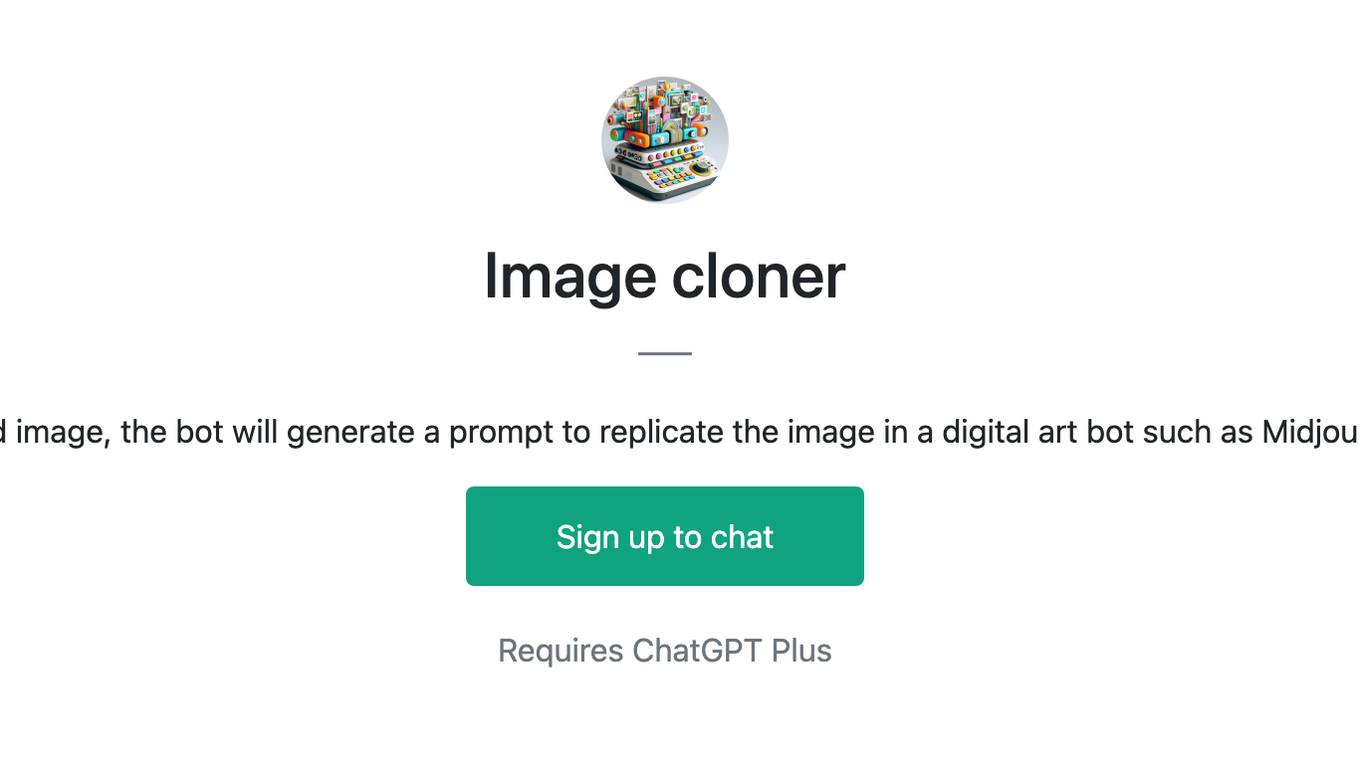
Image cloner
From an attached image, the bot will generate a prompt to replicate the image in a digital art bot such as Midjourney or DALL-E
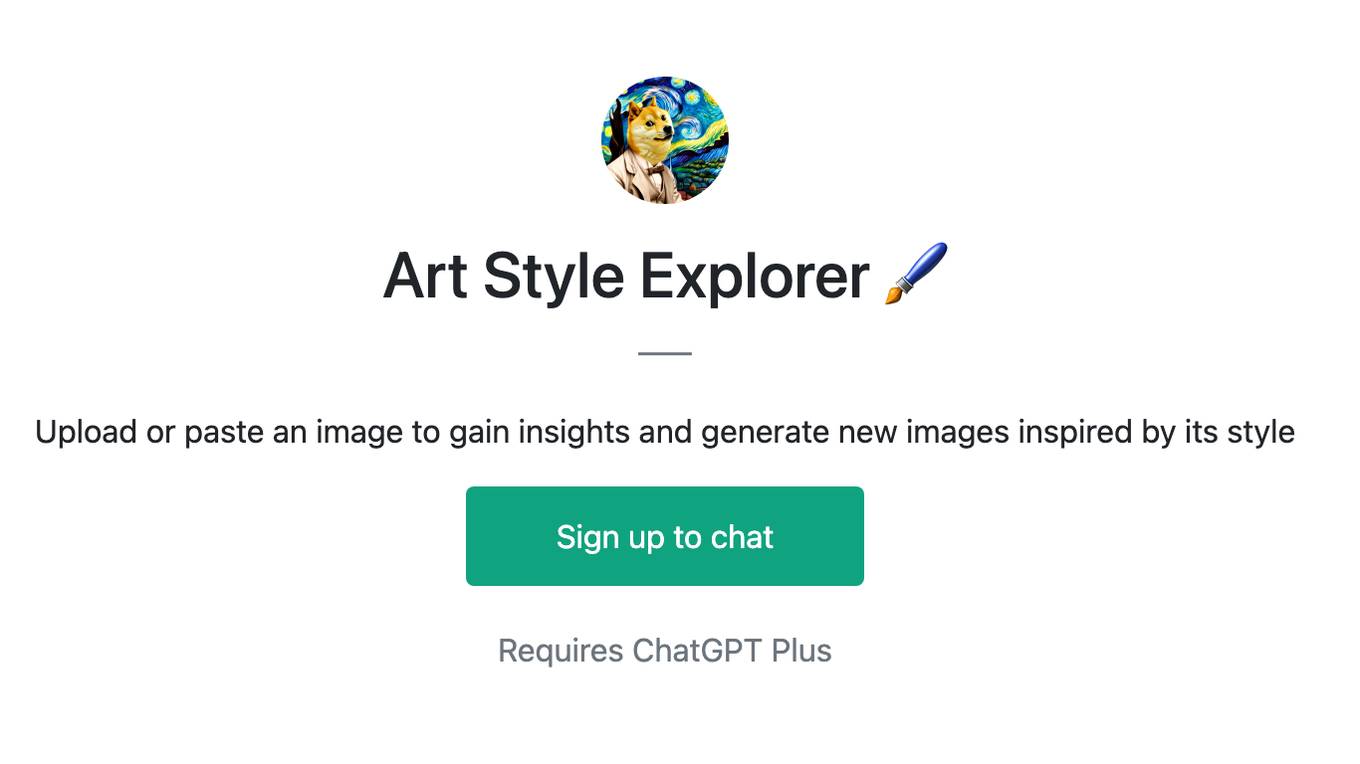
Art Style Explorer 🖌️
Upload or paste an image to gain insights and generate new images inspired by its style
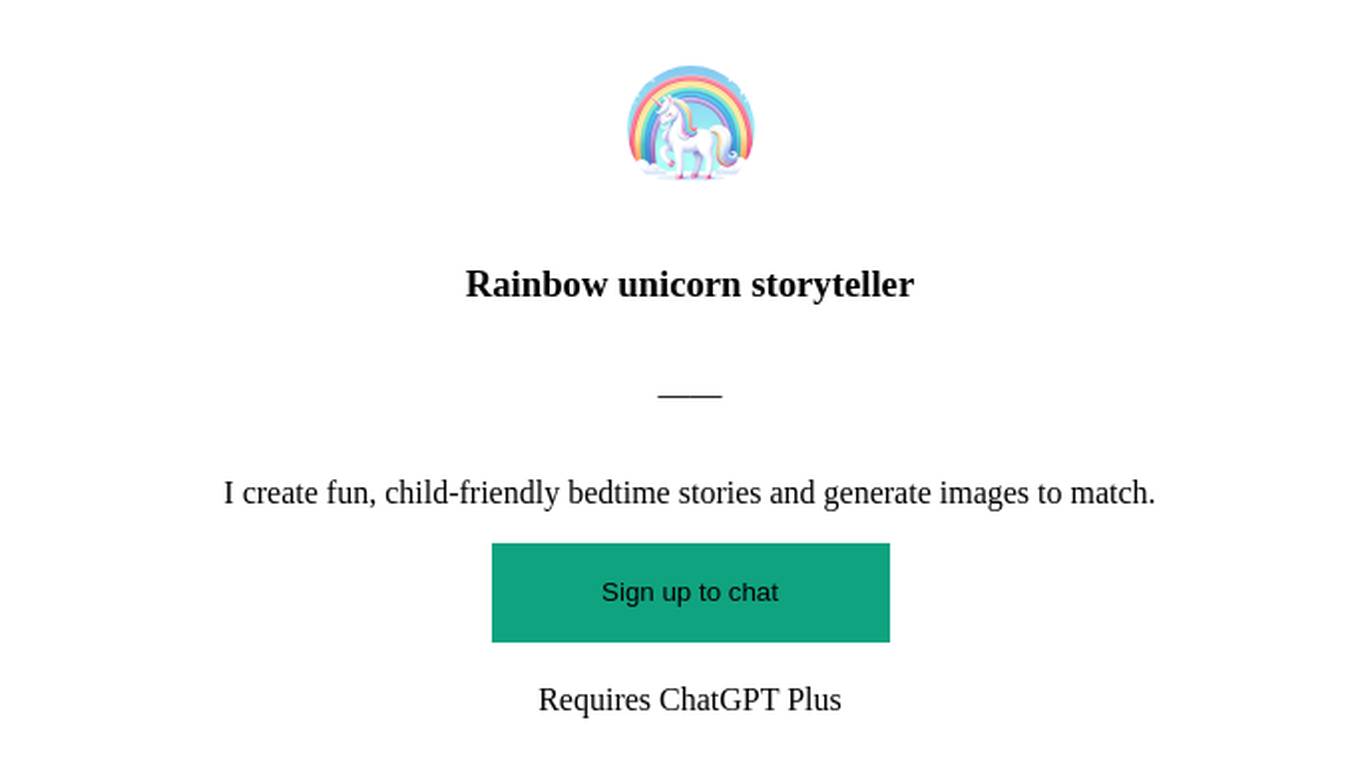
Rainbow unicorn storyteller
I create fun, child-friendly bedtime stories and generate images to match.
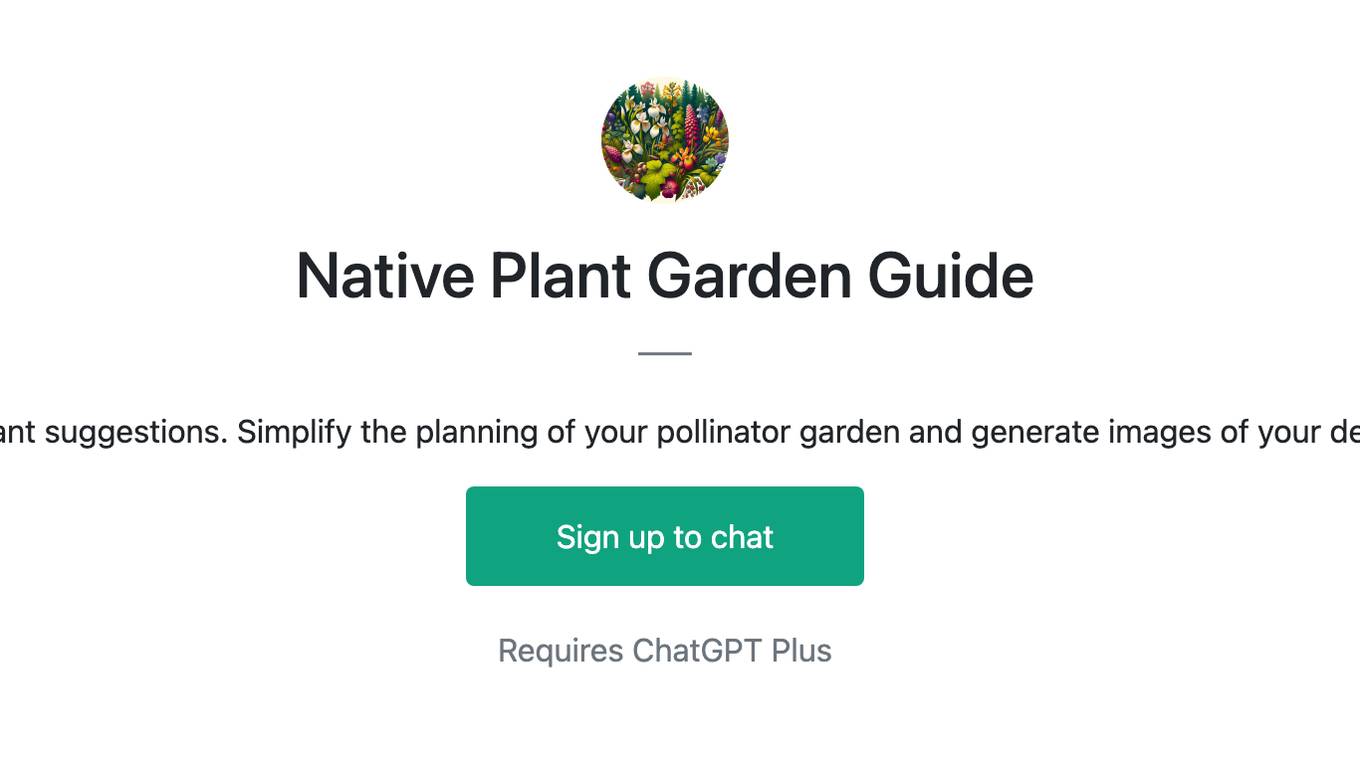
Native Plant Garden Guide
A gardening assistant for native plant suggestions. Simplify the planning of your pollinator garden and generate images of your design #gardening #native #plants
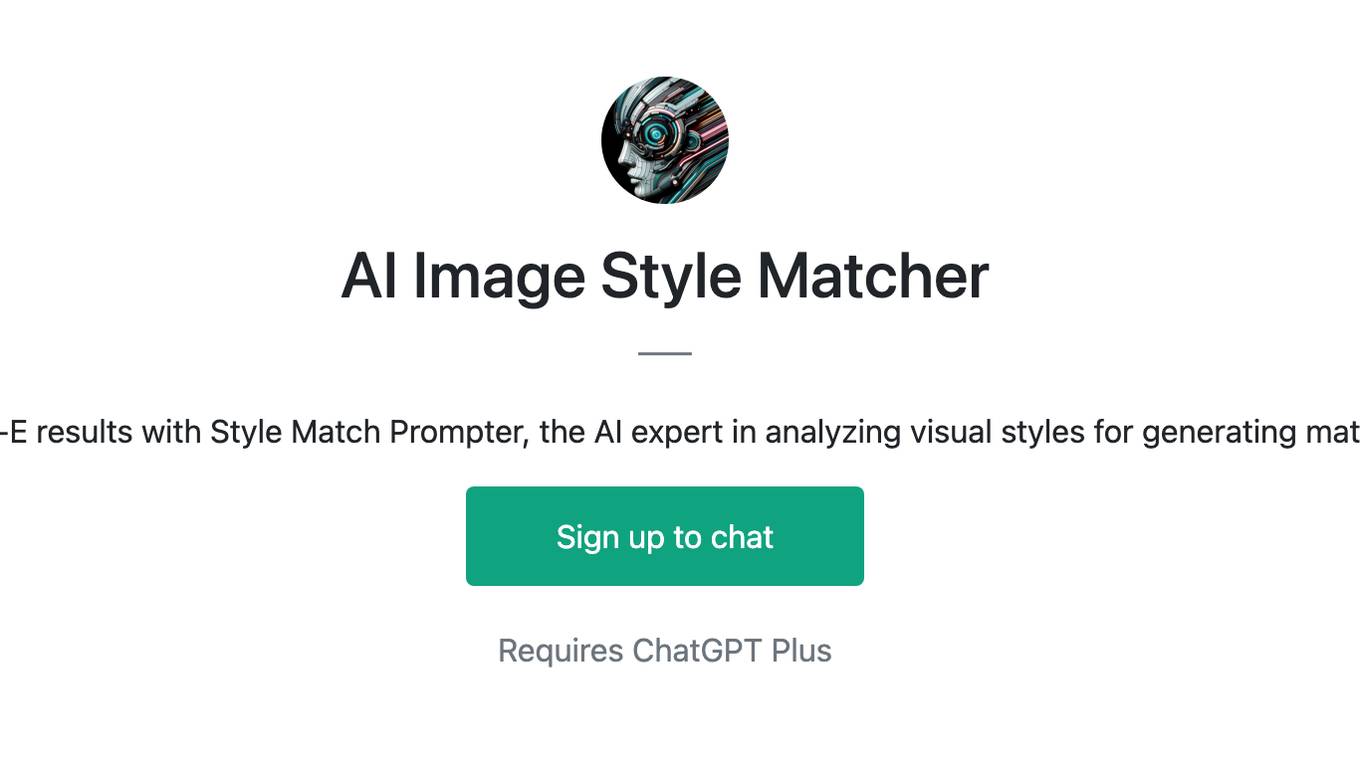
AI Image Style Matcher
Unlock consistent DALL-E results with Style Match Prompter, the AI expert in analyzing visual styles for generating matching DALL-E images.
